What is the best part about touristy towns/cities? The food and drink! For us, in Villa de Leyva our favourite coffee spot also happened to be our favourite lunch spot. We returned over and over again to Cafe Los Gallos for their fancy but budget-friendly arepas and lattes. Our short morning hike to the mirador overlooking town and then a 20 minute walk to town from our very comfortable campsite at Hostal Renecer always increased our appetite for these arepas….
Villa de Leyva is also known for its town square, which is the largest in Colombia. In the evening we would head to Mira Ve Empanadas in the square, which was our go-to snack place for the $0.50 empanadas. Especially after drinking our first Canelazo from the Sky Bar. Canelazo is a warm drink consisting of anise-flavored liquor (aguardiente), cinnamon, and panela (unrefined cane sugar). We shared our empanadas with Alexandra and Juan from Bogota. They were married in Villa de Leyva the day before and shared their story with us over empanadas con pollo (chicken).
Eventually we decided that we had to venture out of town and try more food. We ended up in the town of Sutamarchan at Fabrica de Longaniza y Piqueteadero for a “small” plate of longaniza, papas, corn, pork, arepas, plantains, and yuca. The town is famous for its longaniza, which is a Spanish type of sausage similar to chorizo. Longaniza is like vitamins for your heart… trust us on this one.
We rolled out of the restaurant and continued the drive to Raquira. It is well known for its pottery and other household goods so we browsed the shops filled with everything you can imagine made of pottery. Finally we chose four bowls that would join us on our journey and will eventually make it to our dinner table at home.
Speaking of pottery, there is a giant clay house in Villa de Leyva that we just had to stop and check out. According to the interwebs:
64-year-old architect Octavio Mendoza literally baked the house that he lives in. He calls the 5,400 square foot house ‘the biggest piece of pottery in the world’. Casa Terracotta, or Casa Barro in Spanish, was built exclusively by hand using clay and baked in the sun. Octavio, who spent most of his career designing homes, commercial buildings, and churches, calls the clay house his ‘project for life’. He started to work on it over 14 years ago – his goal was to demonstrate how soil can be transformed into habitable architecture by simply using the natural resources at hand. So Casa Terracotta doesn’t contain an ounce of cement or steel. Mendoza, who is also an environmental activist, said: “Think of it this way. In desert places (which exist all across the planet), soil is perfect for this type of architecture. This means that for all those regions, a system like this could bring housing to millions of families.”
We spent an hour wandering the rooms, taking photos, and agreeing that, yes, we could live here in this crazy little Terracotta house. All it needs is a nice terracotta garage out back…
Before leaving town we were able to sneak in a quick hike at the Angel Step. Quick is right, the step seems to have been washed away at some point so we had to turn around after a few minutes. This gave us a little time to take in their organic farmers market and stock up before heading south.

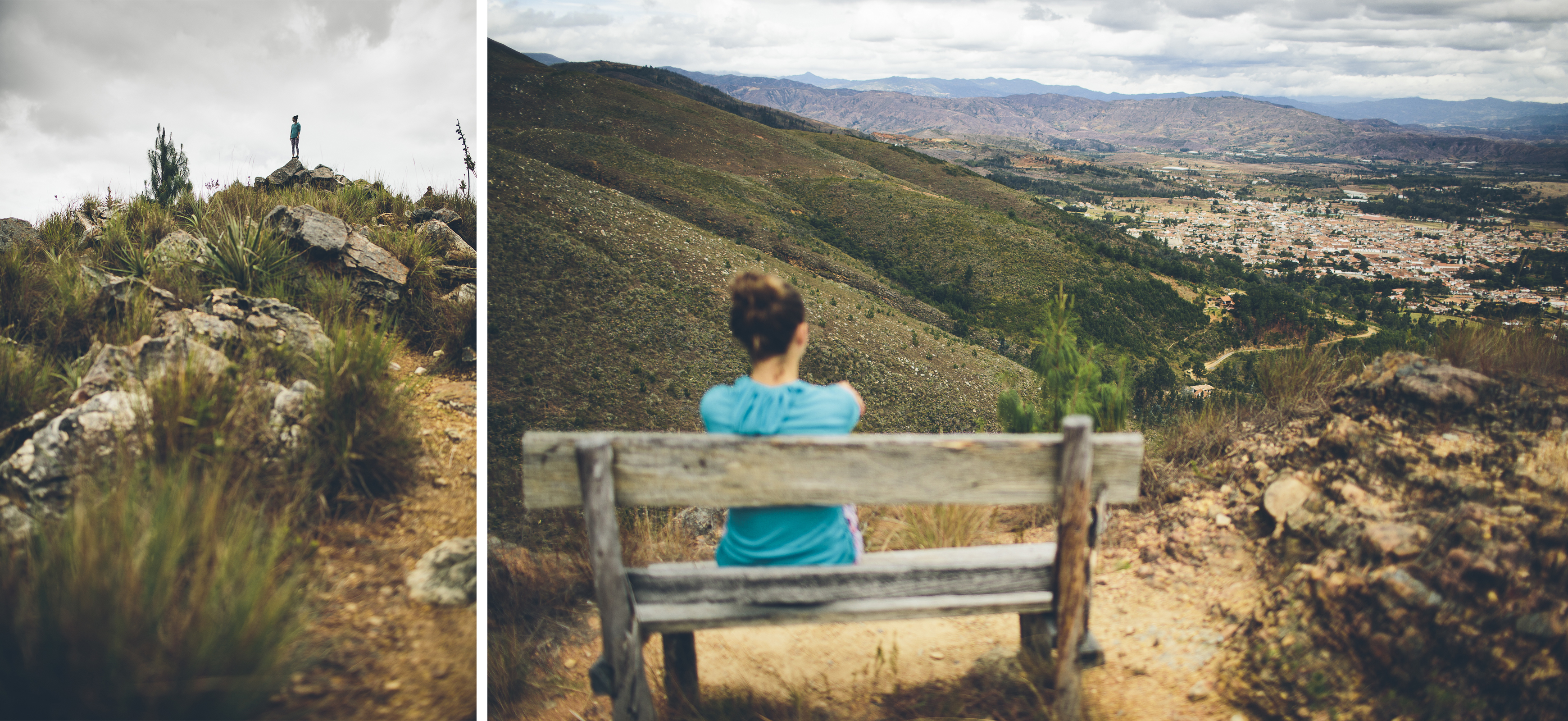
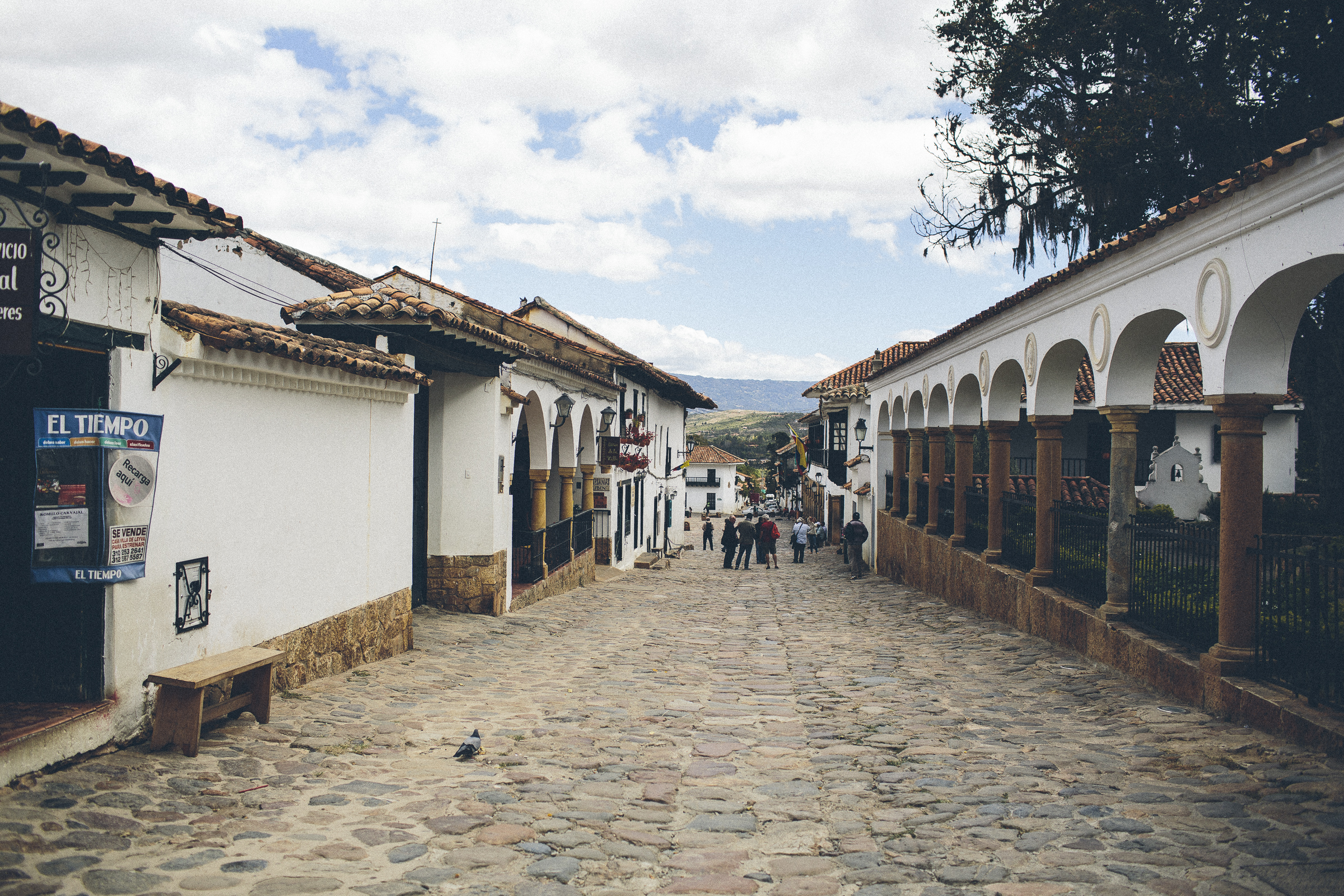
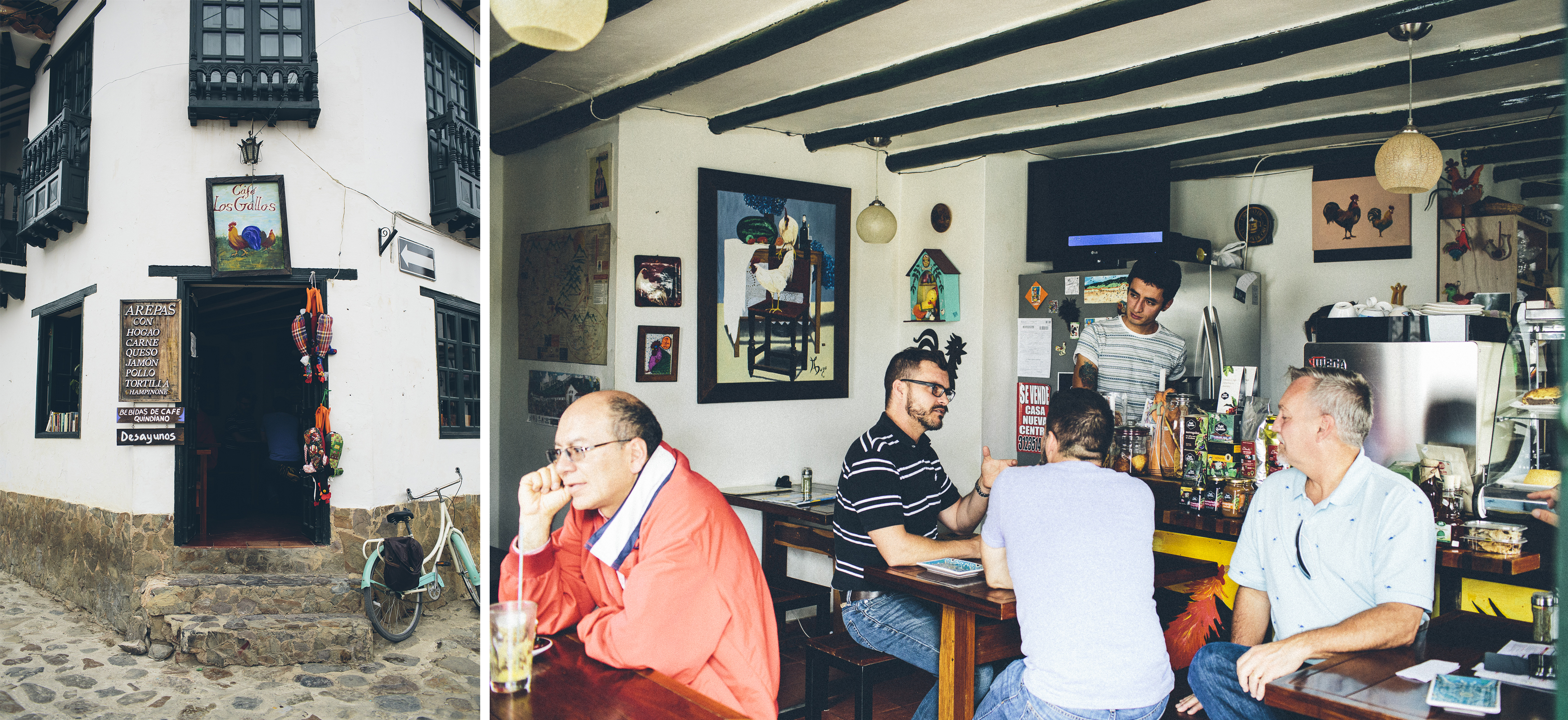
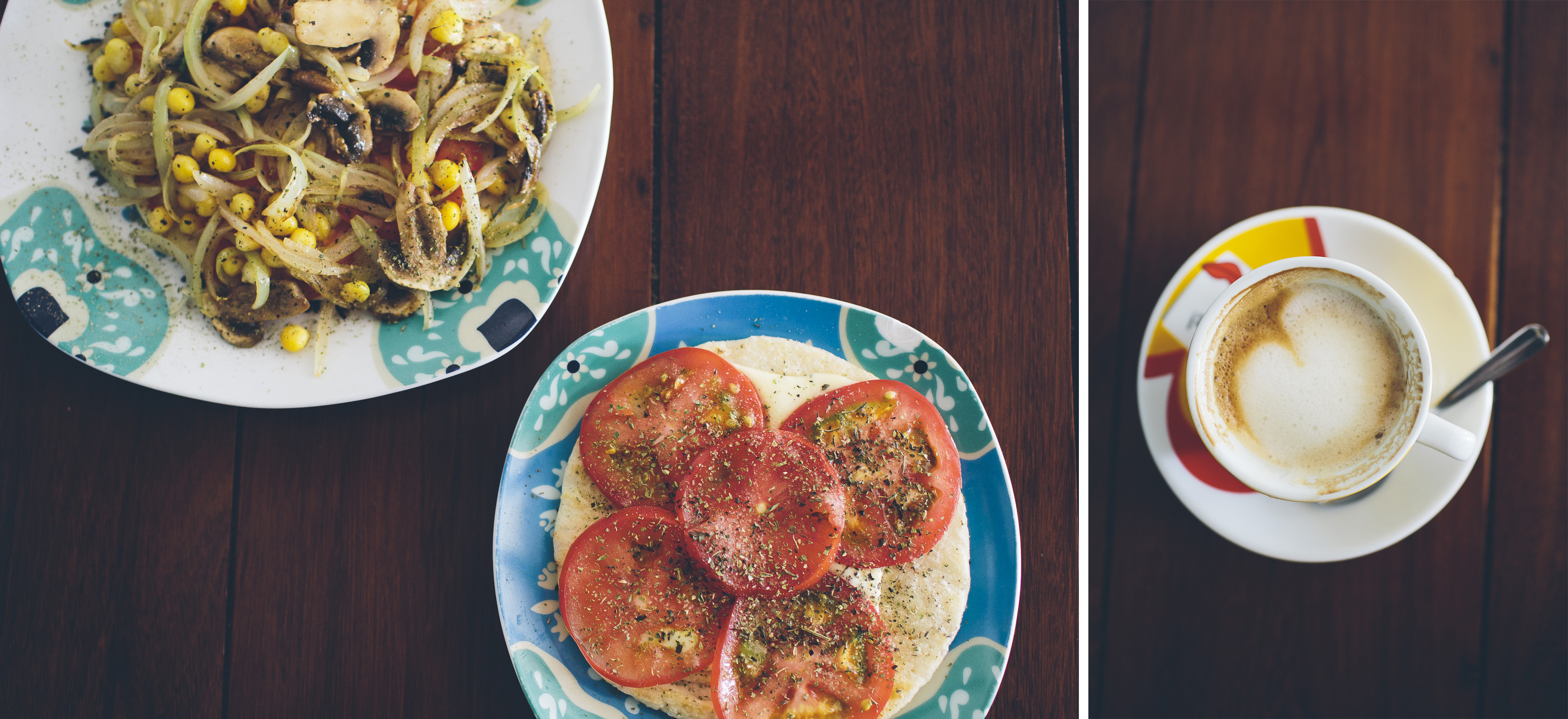
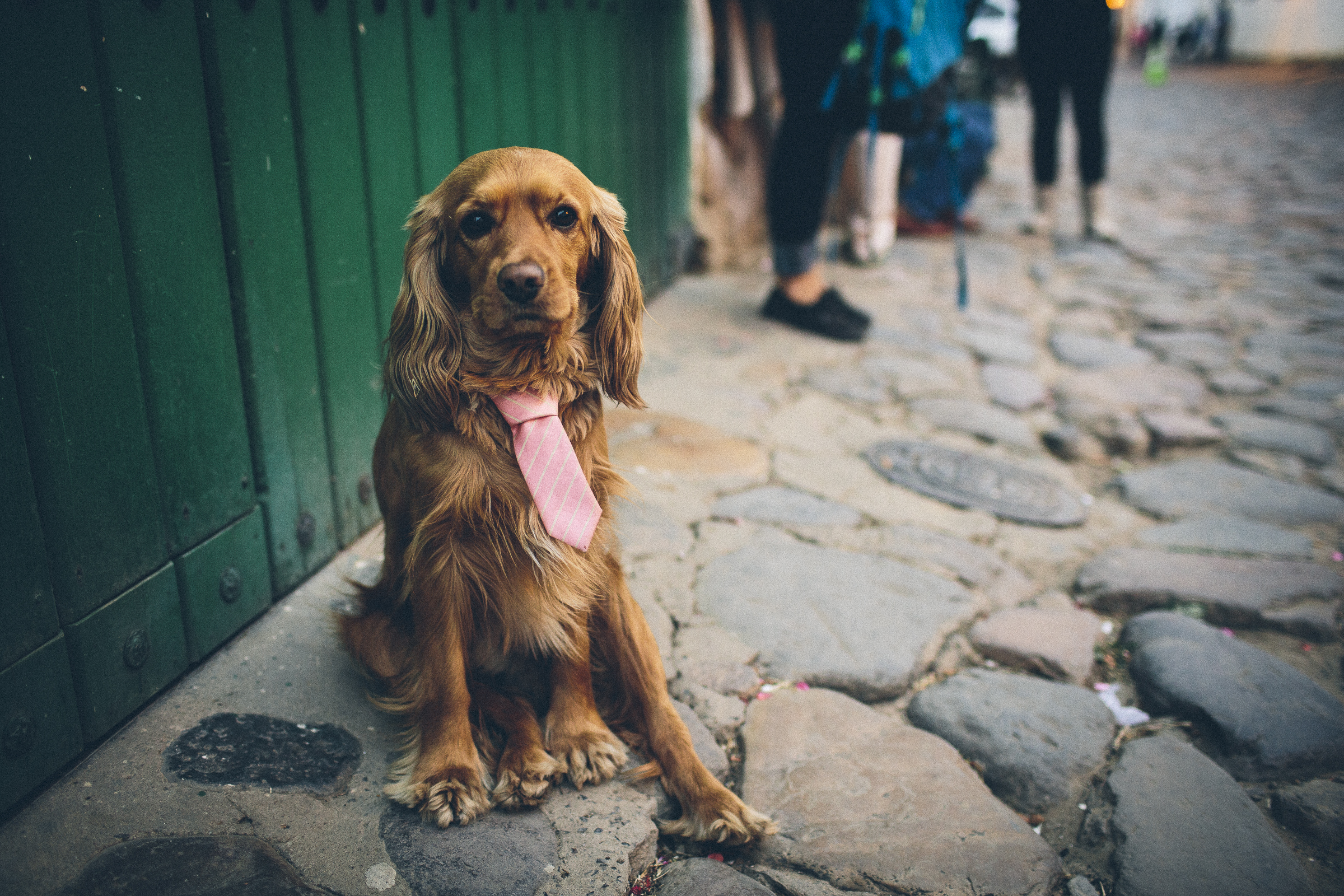


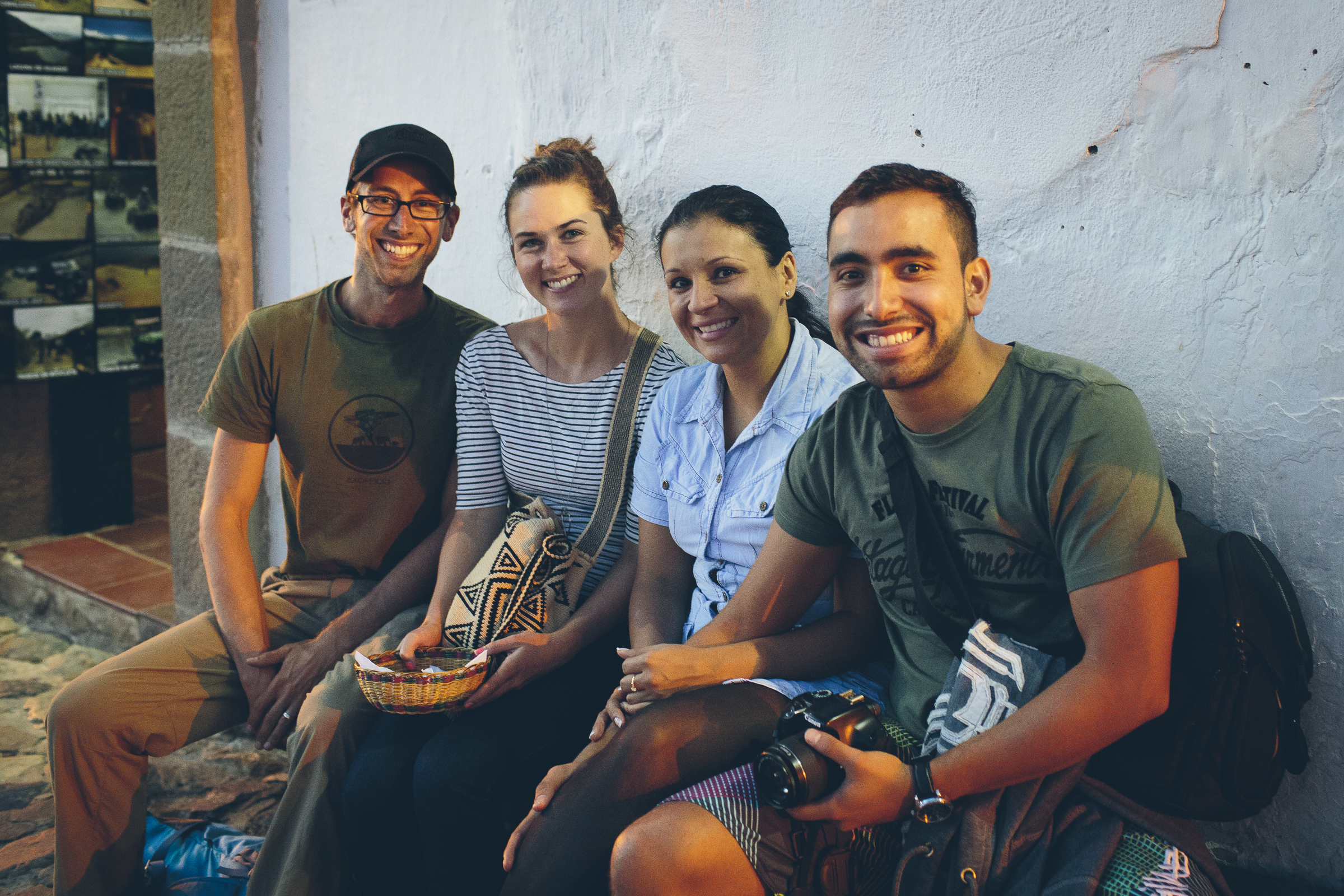
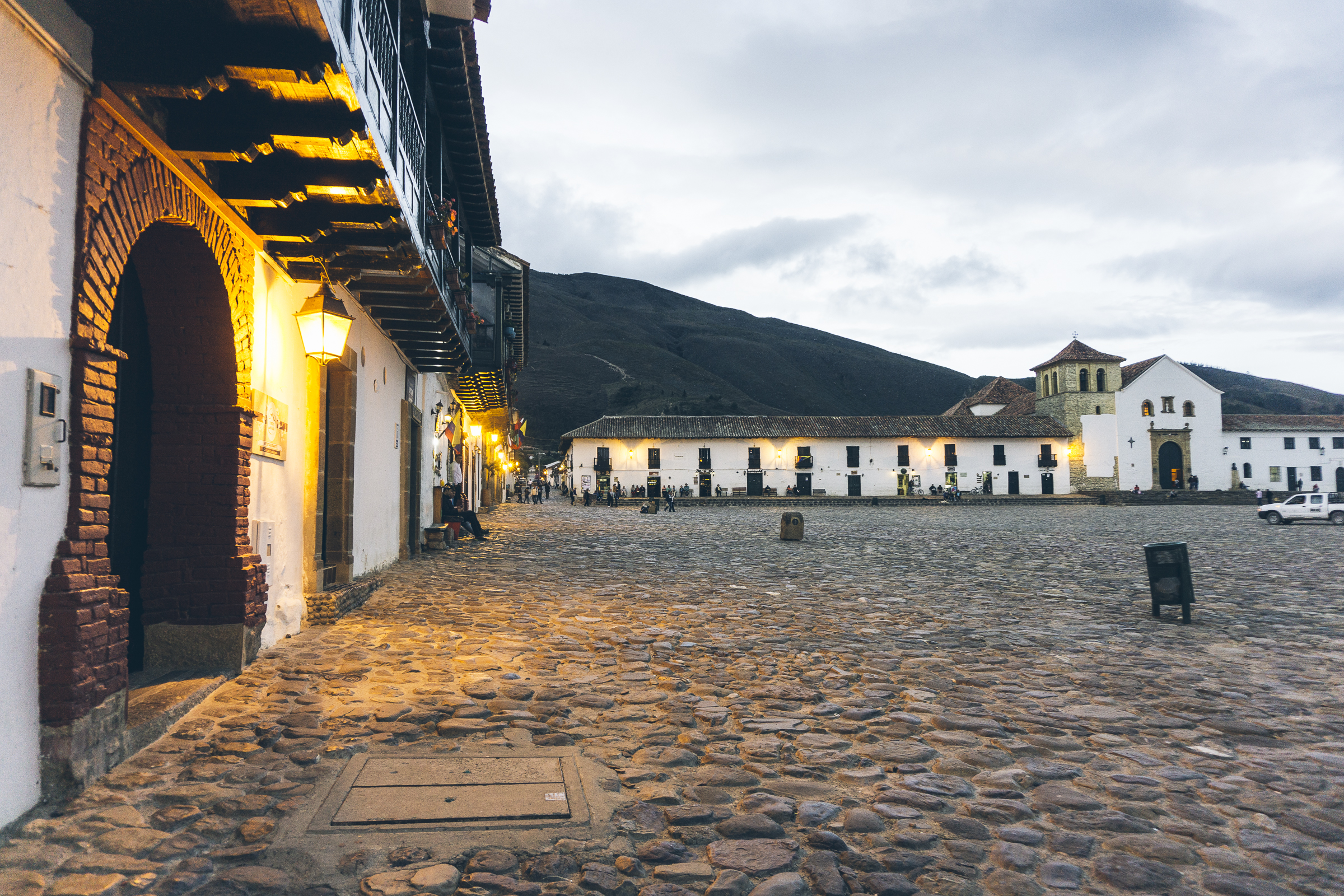
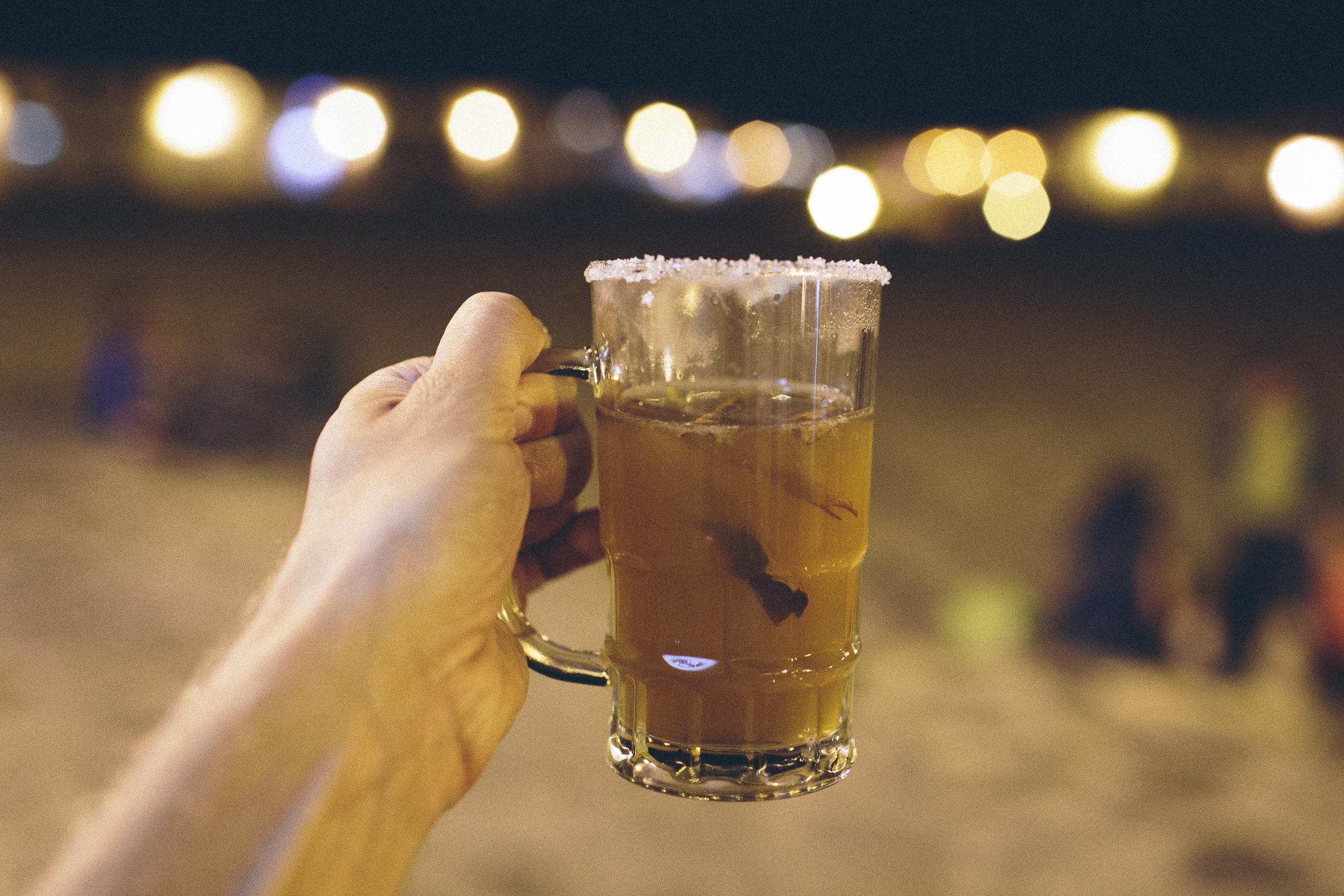


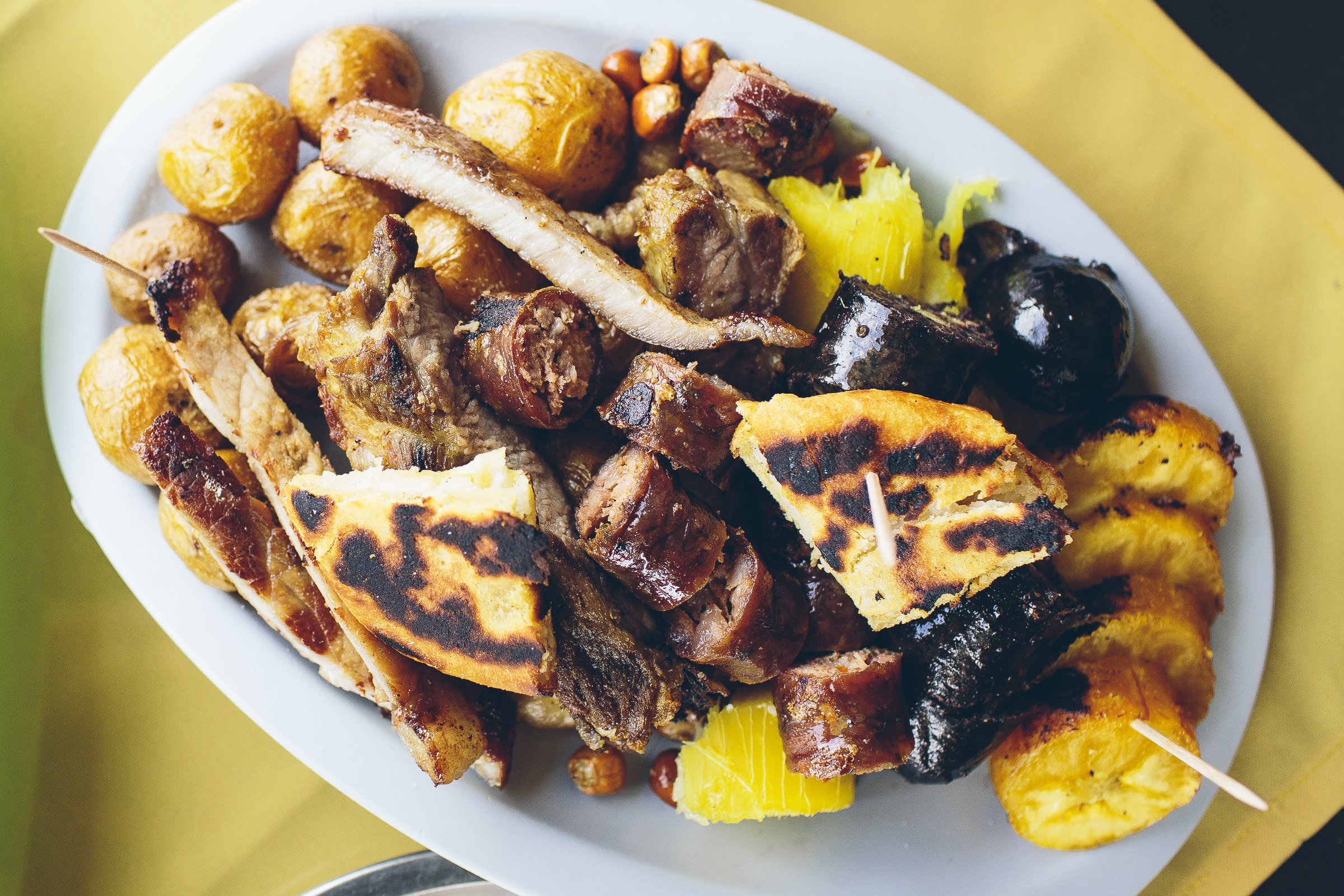
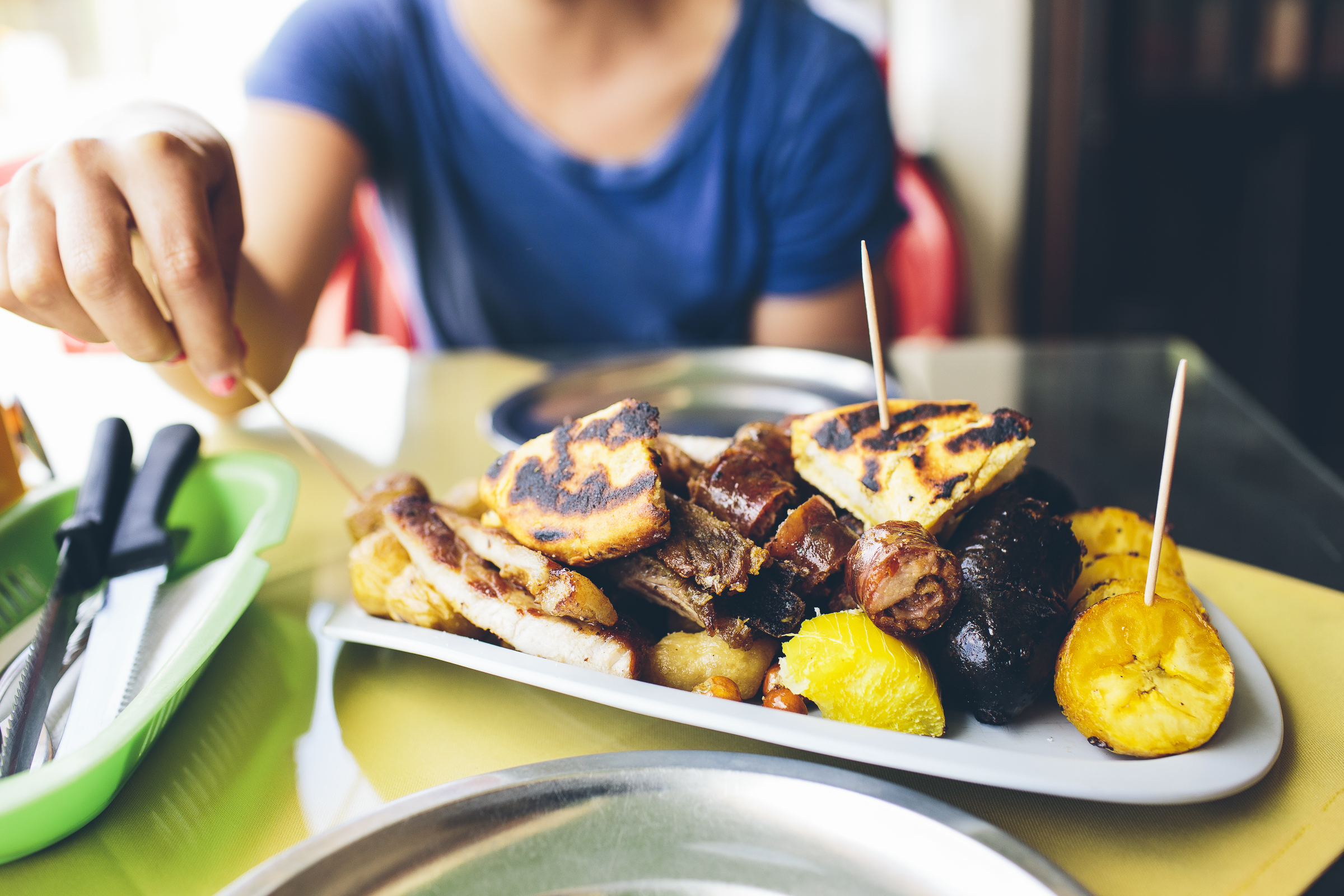
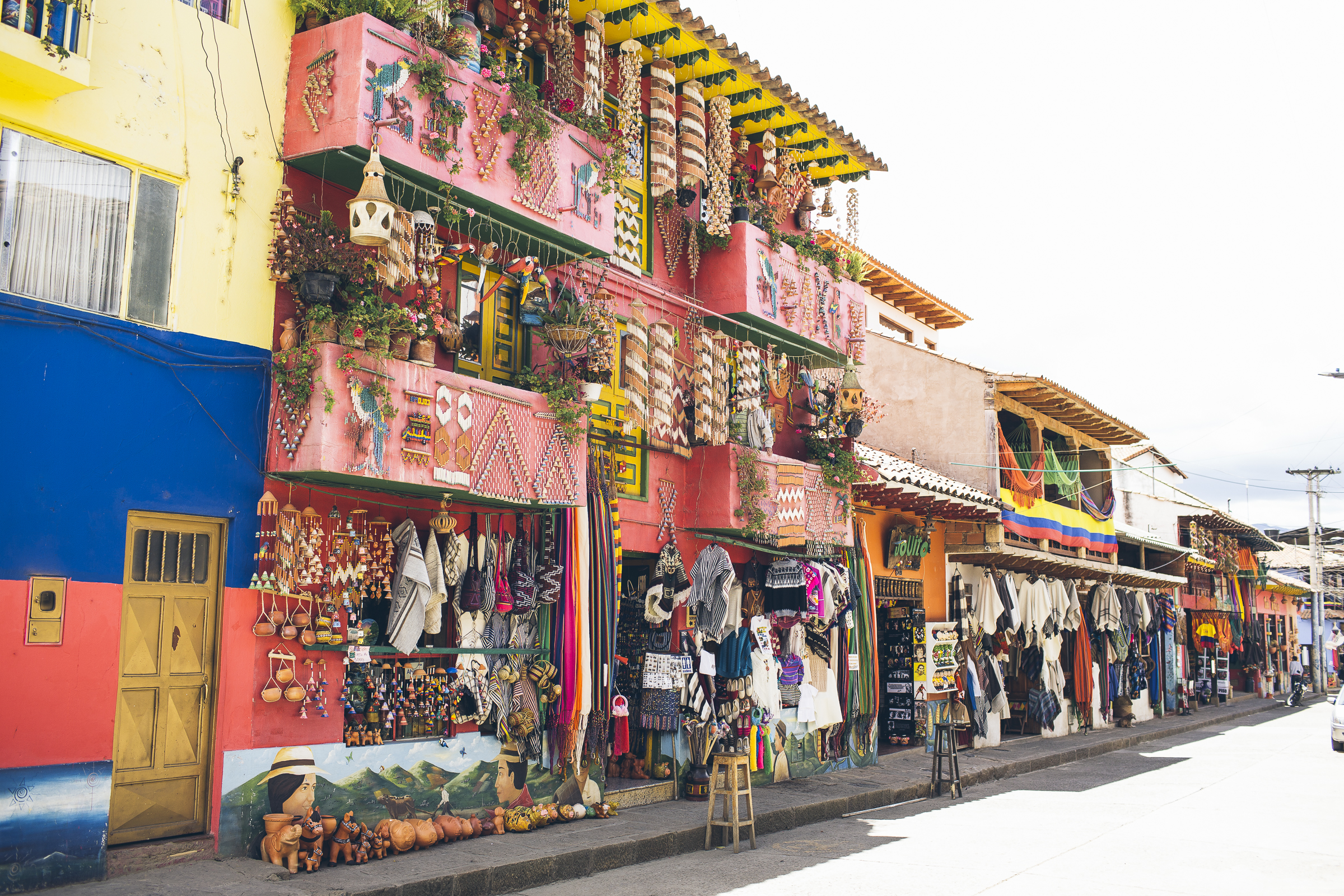
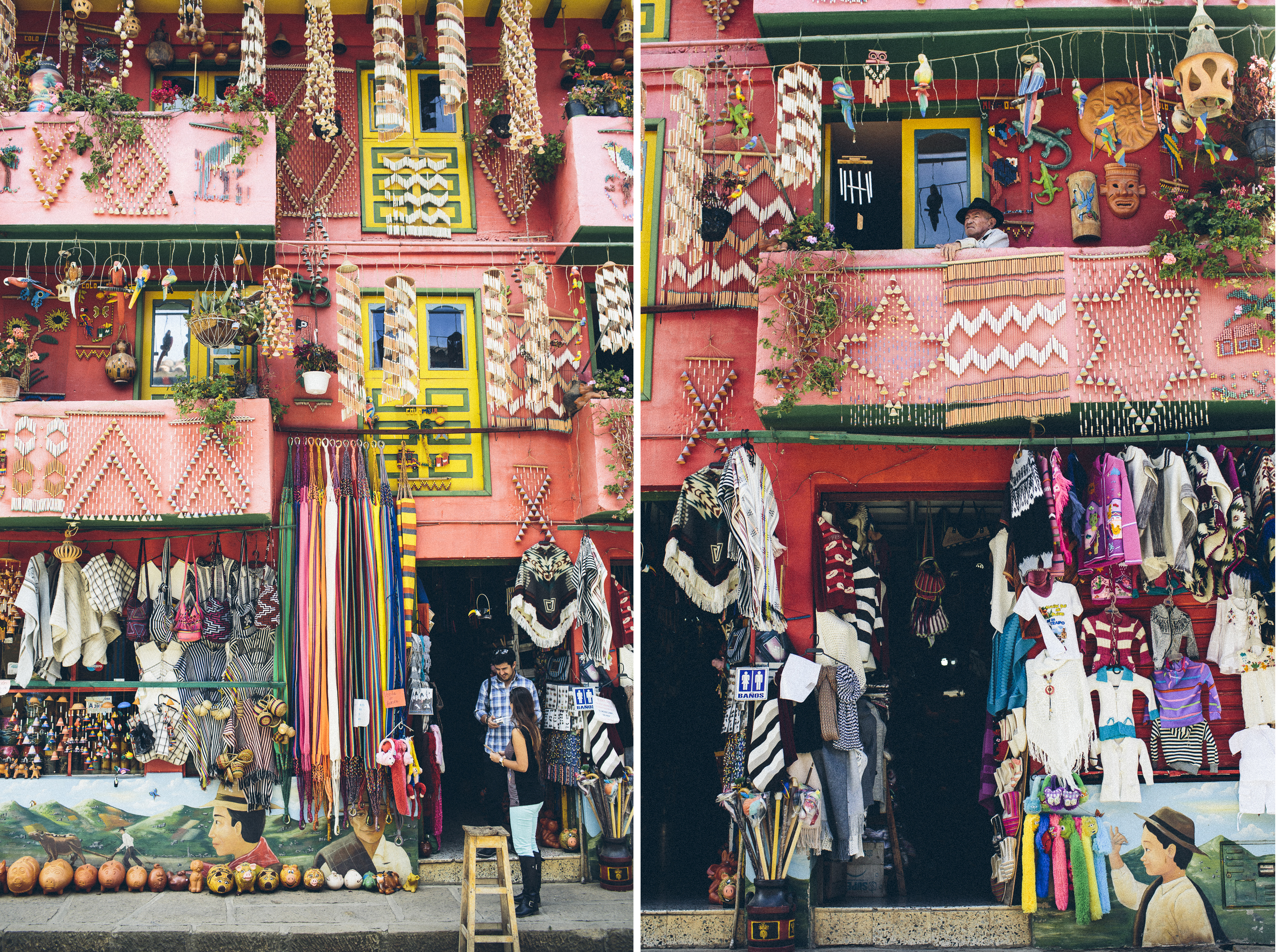

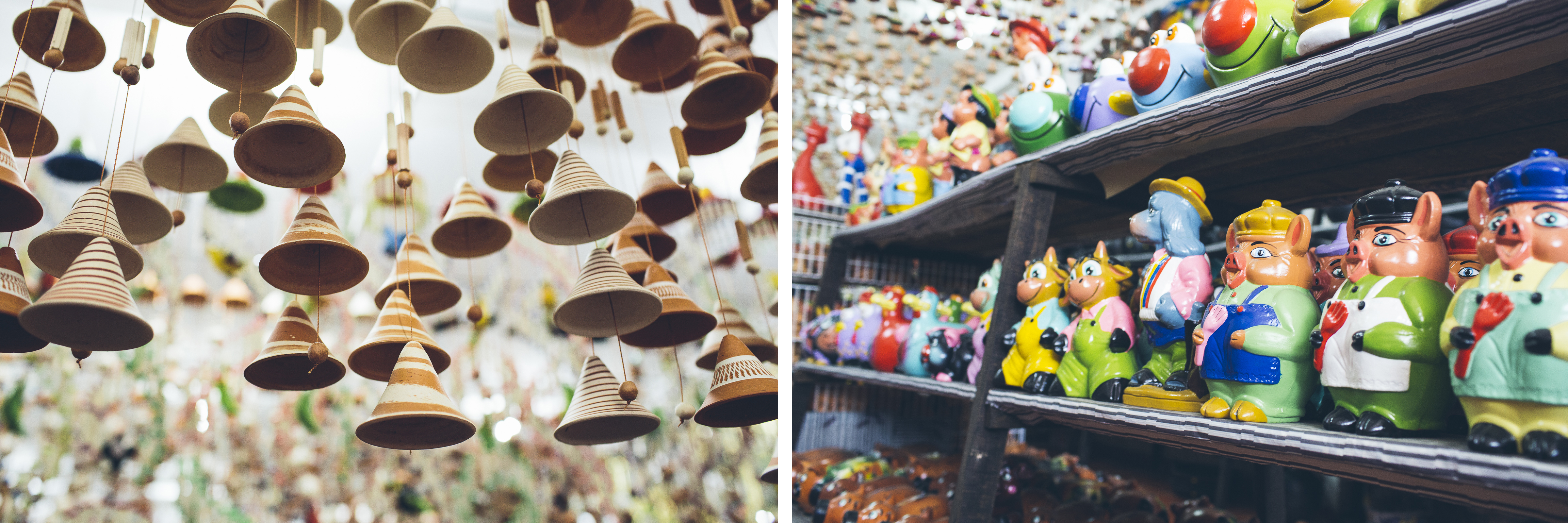
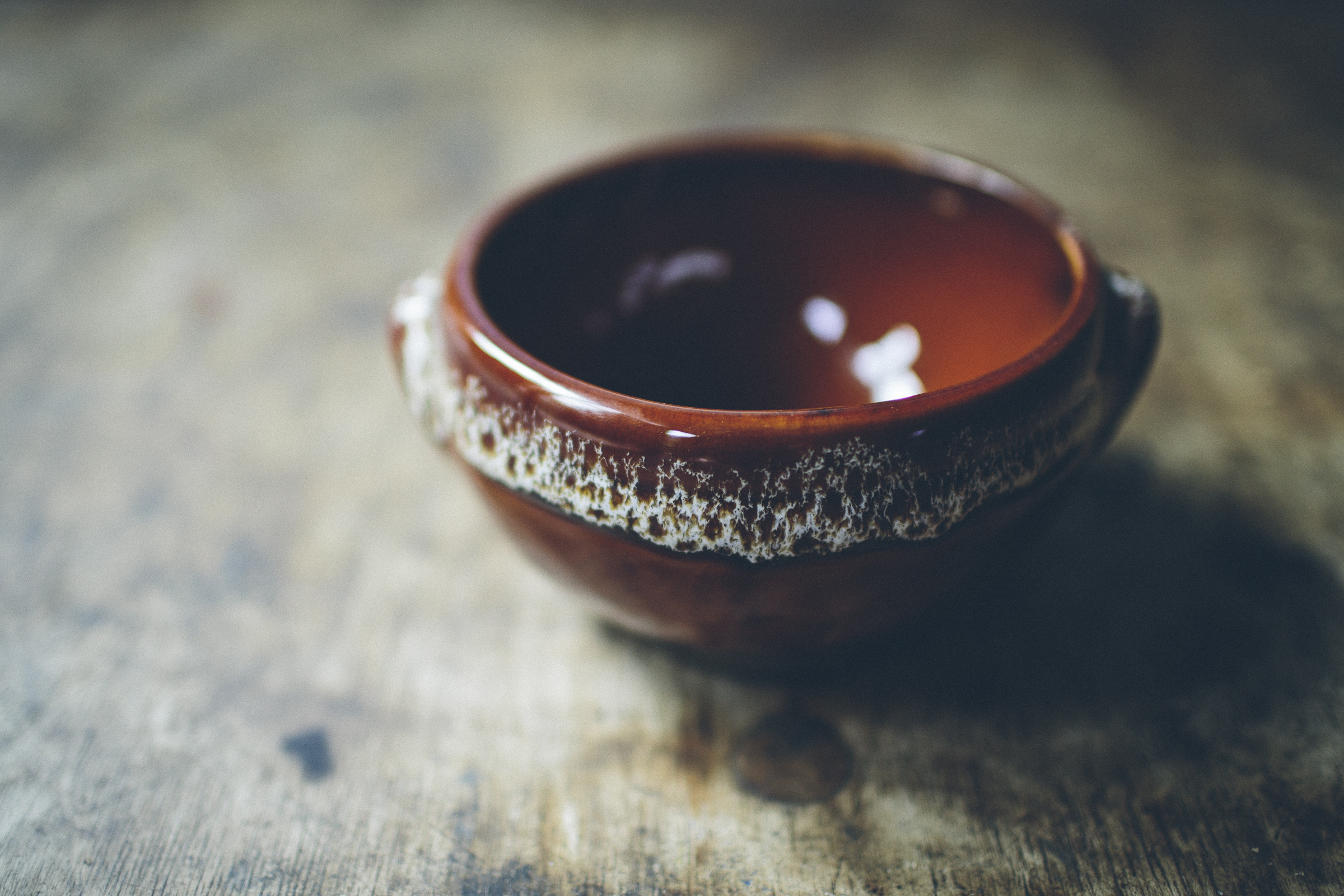
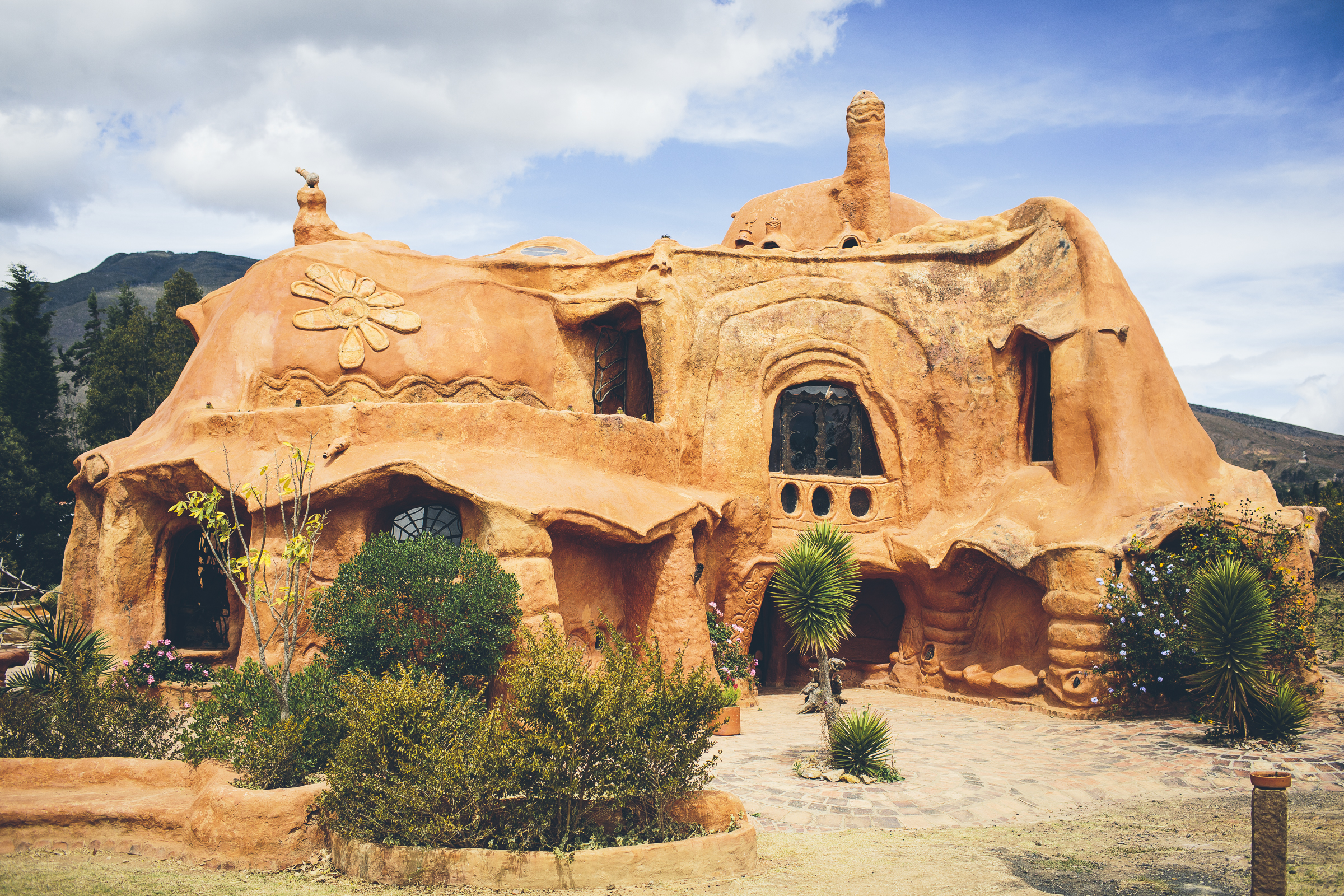
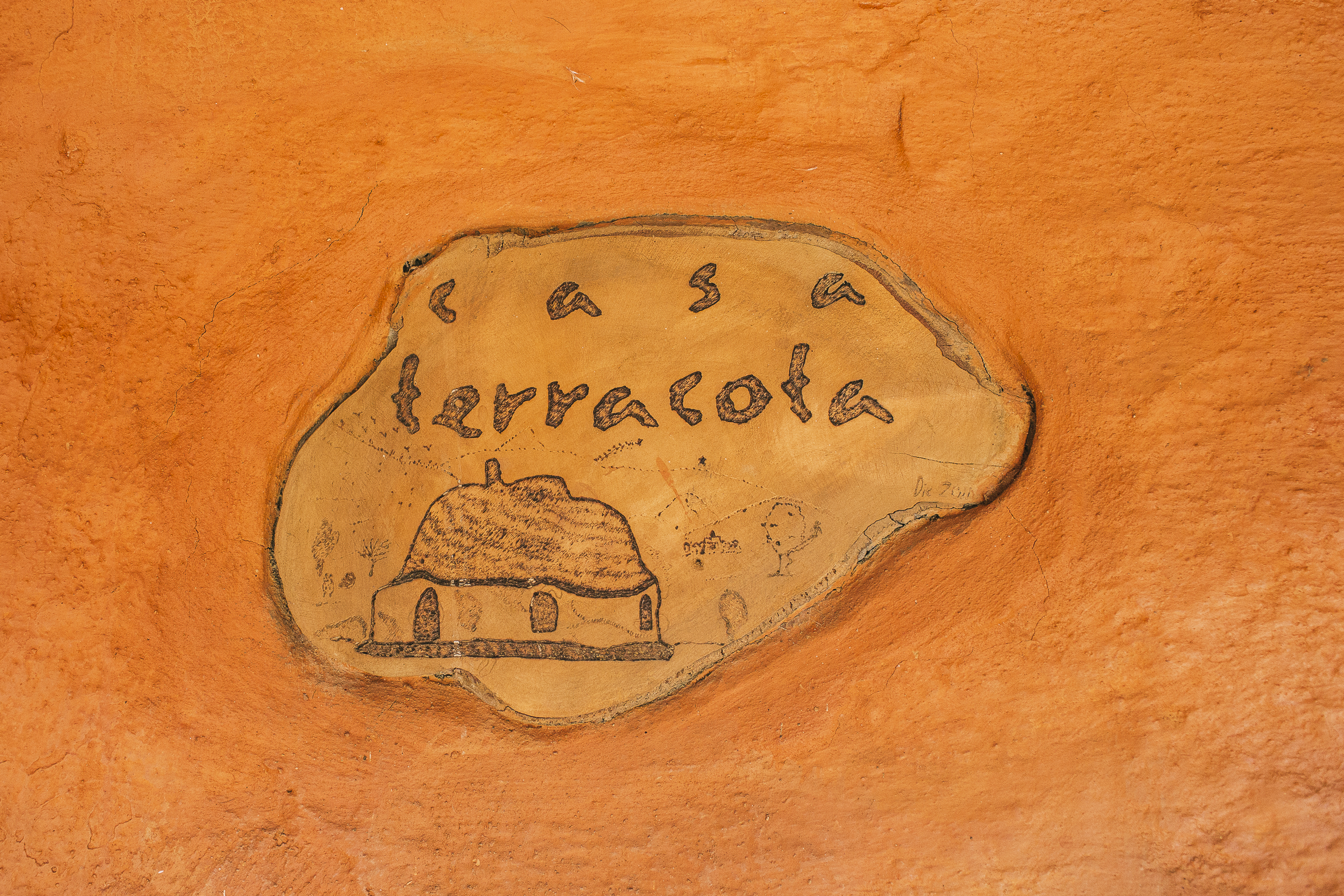
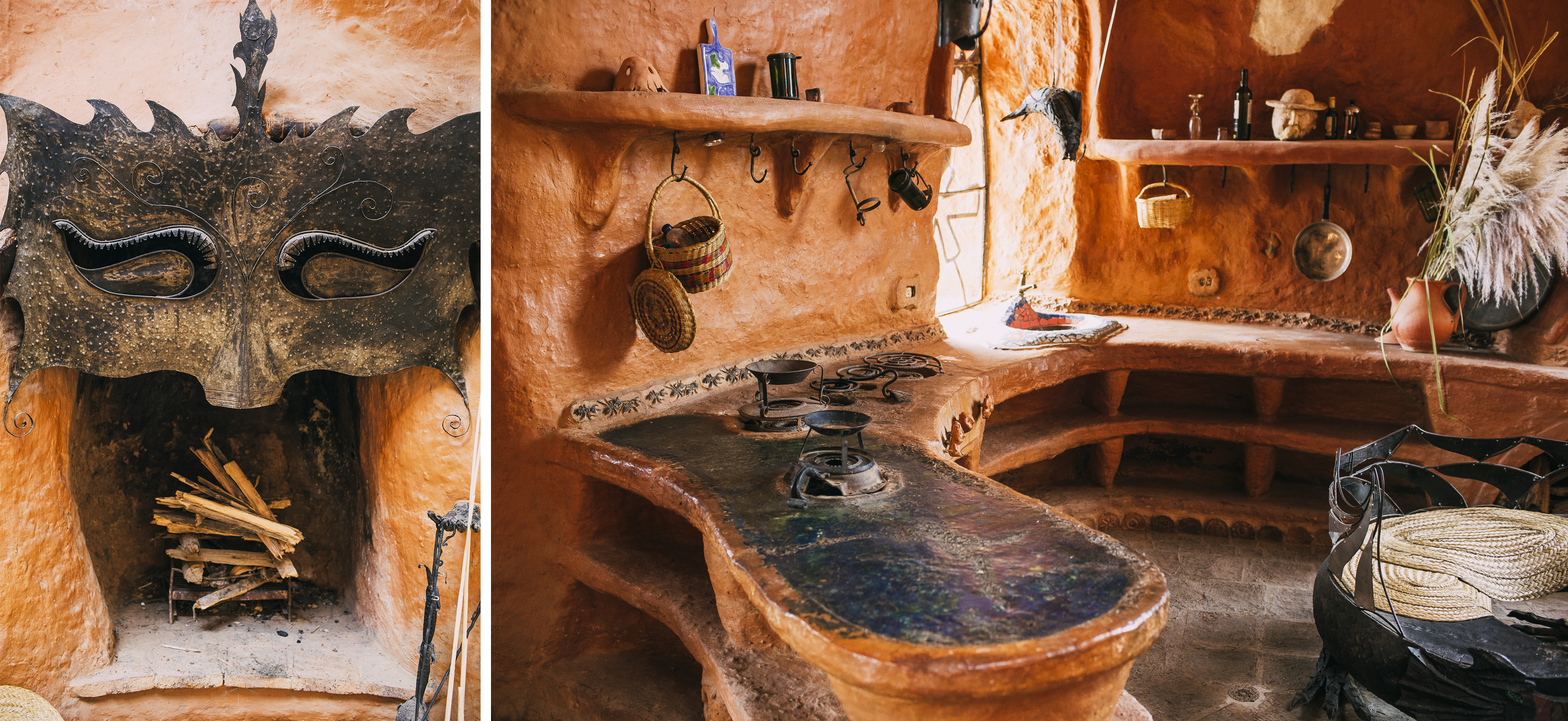

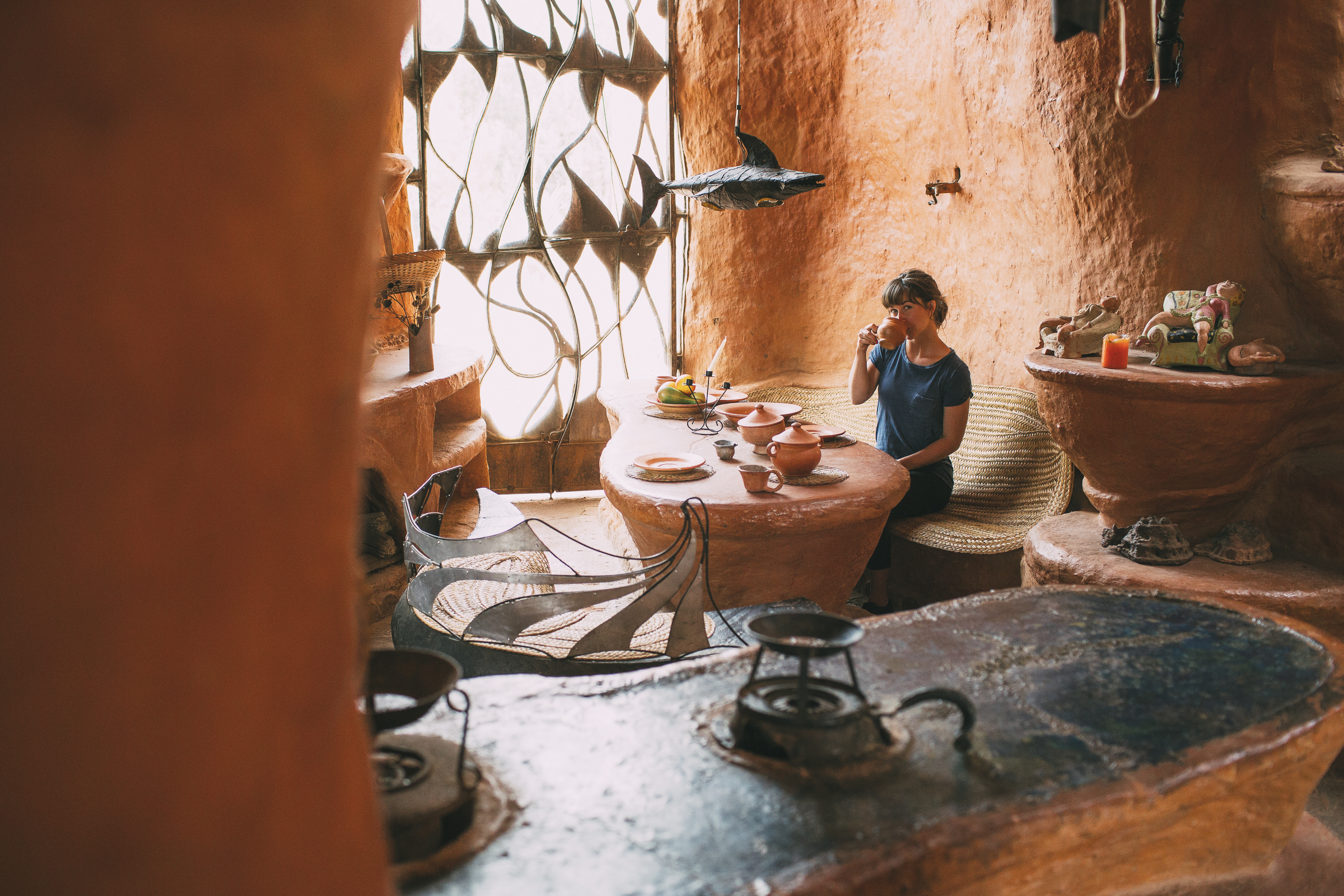
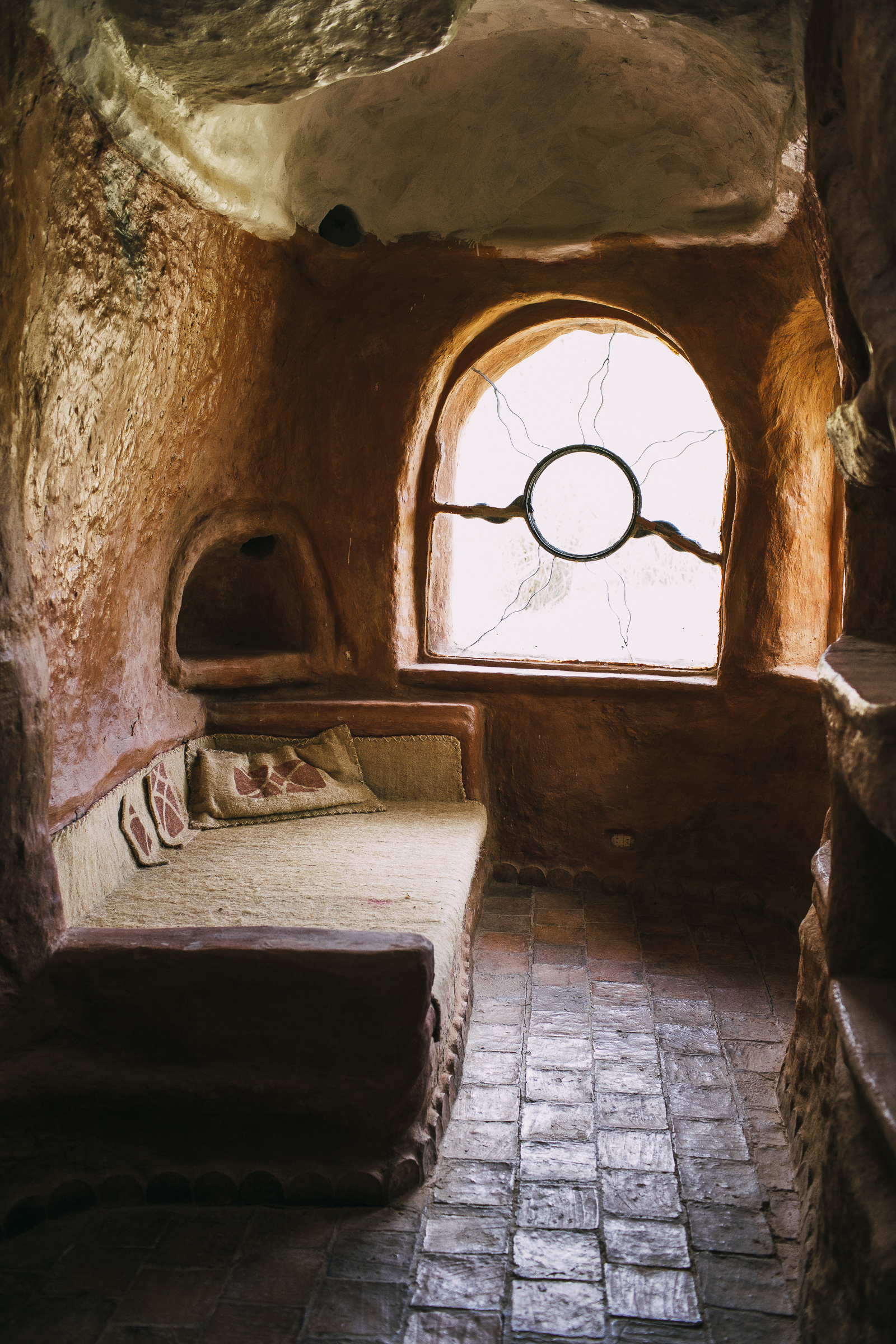
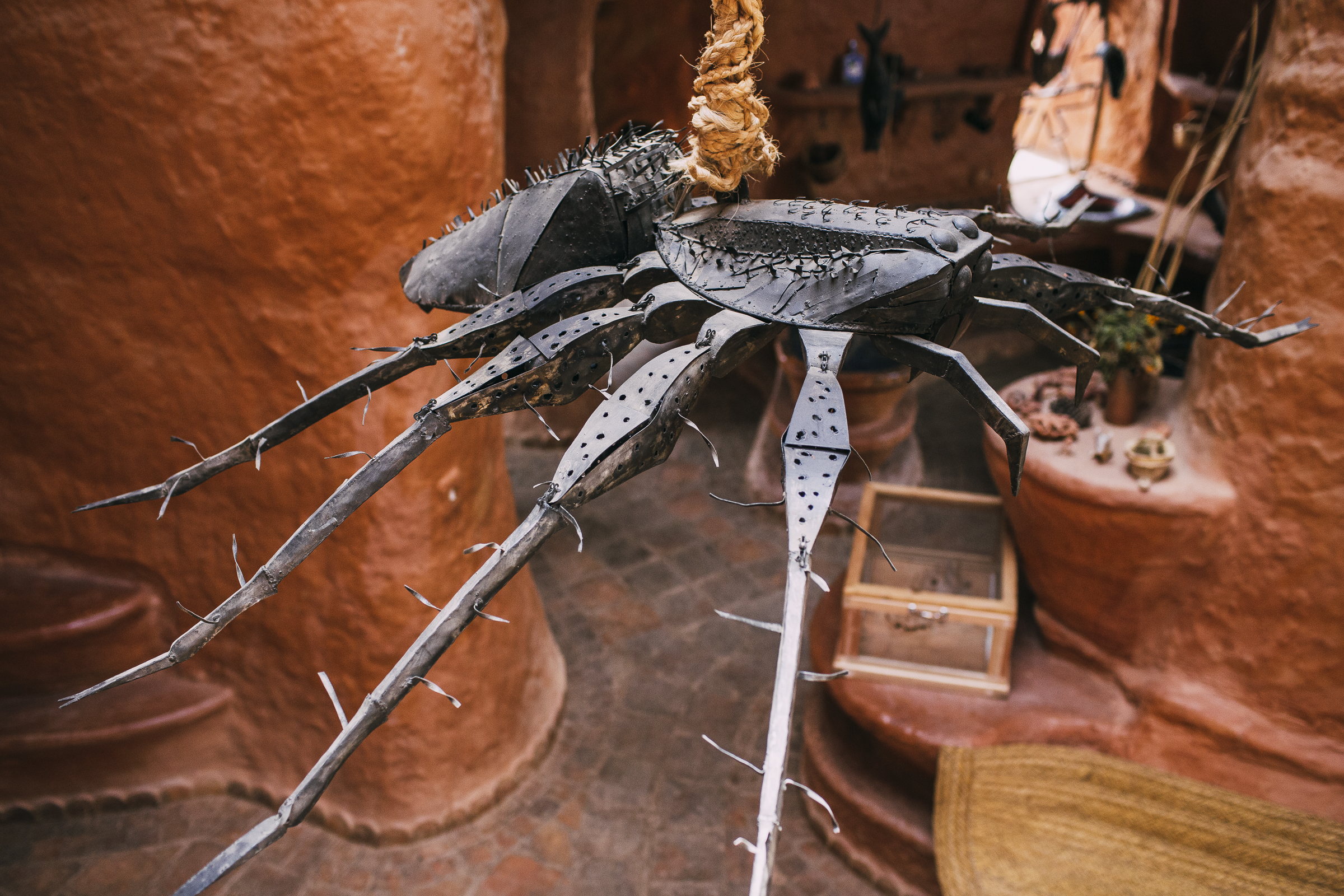
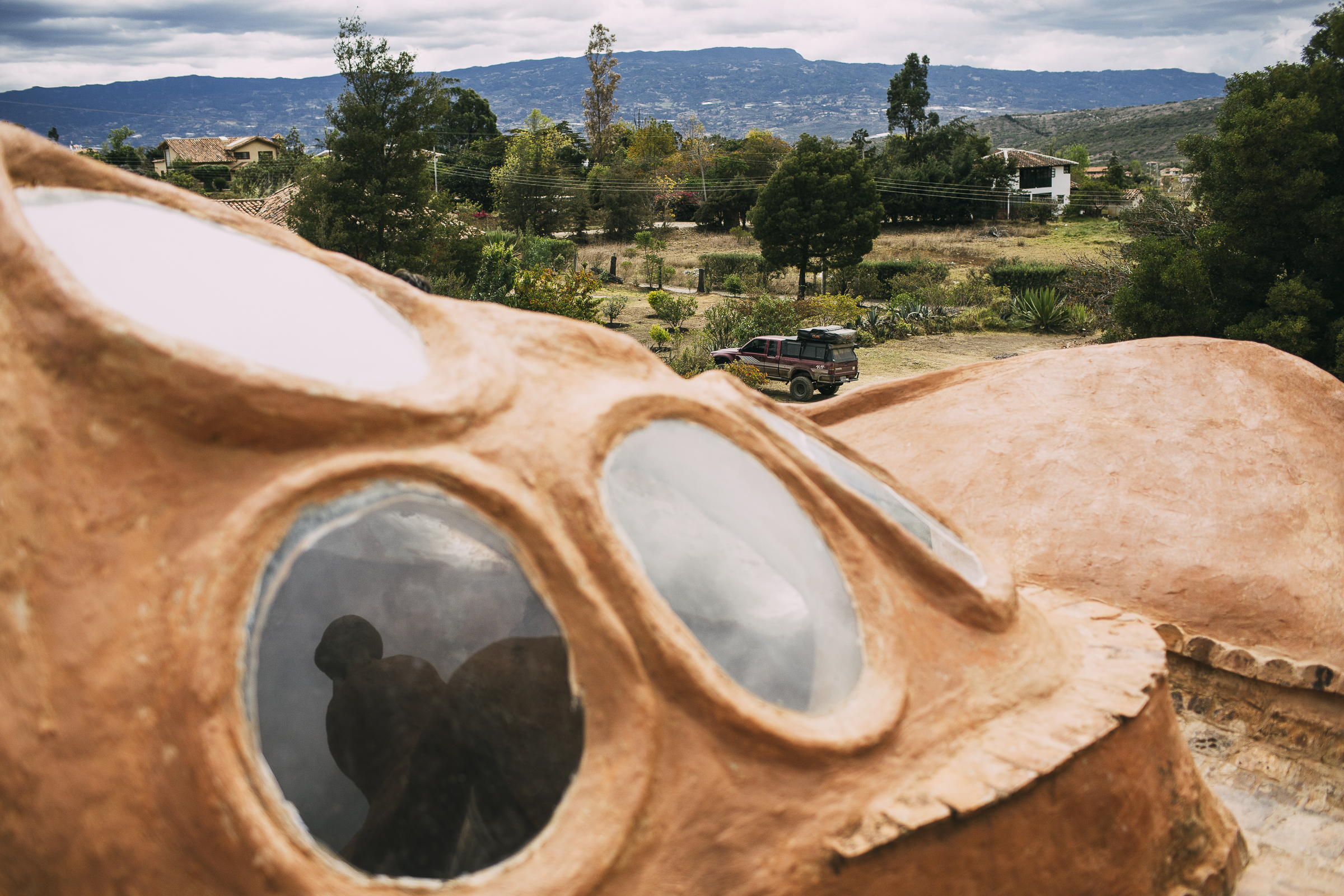
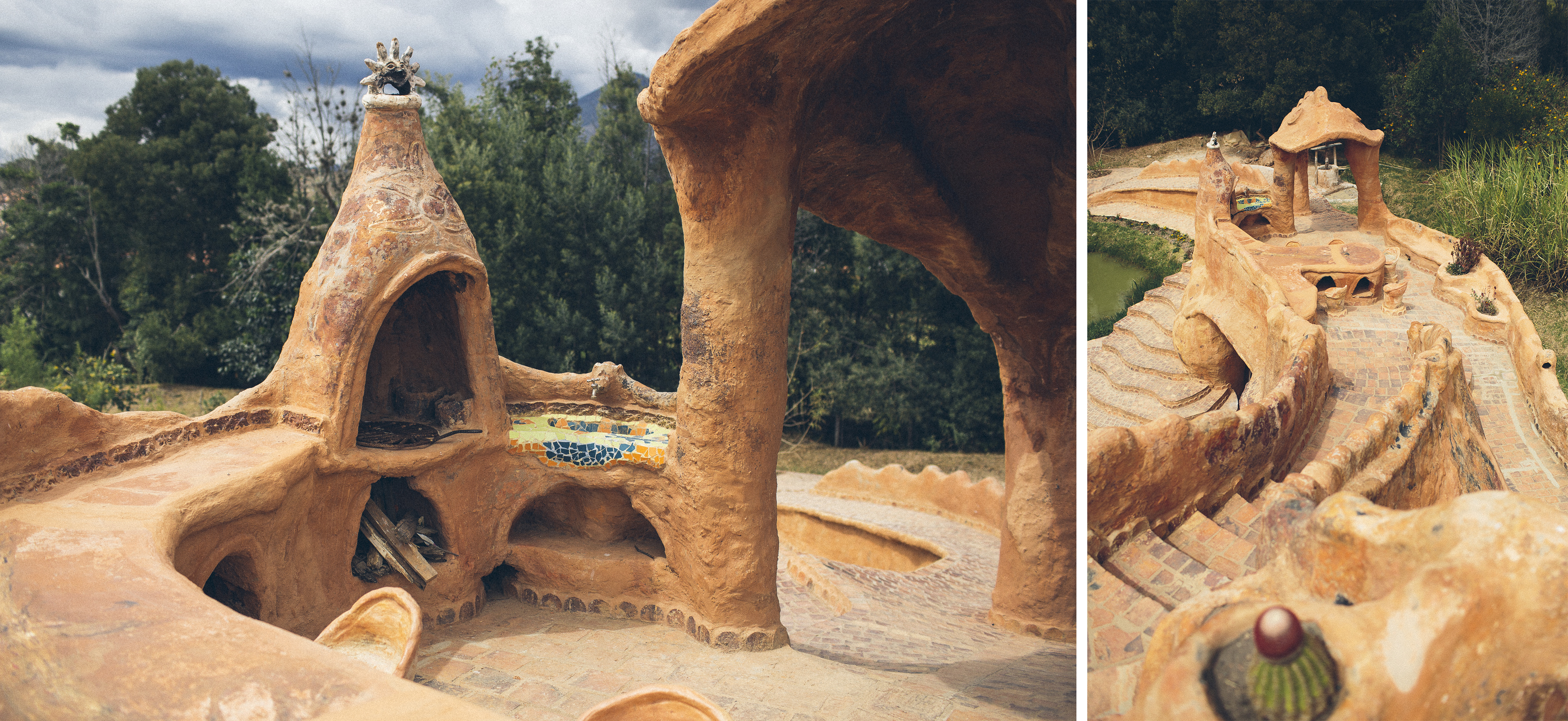
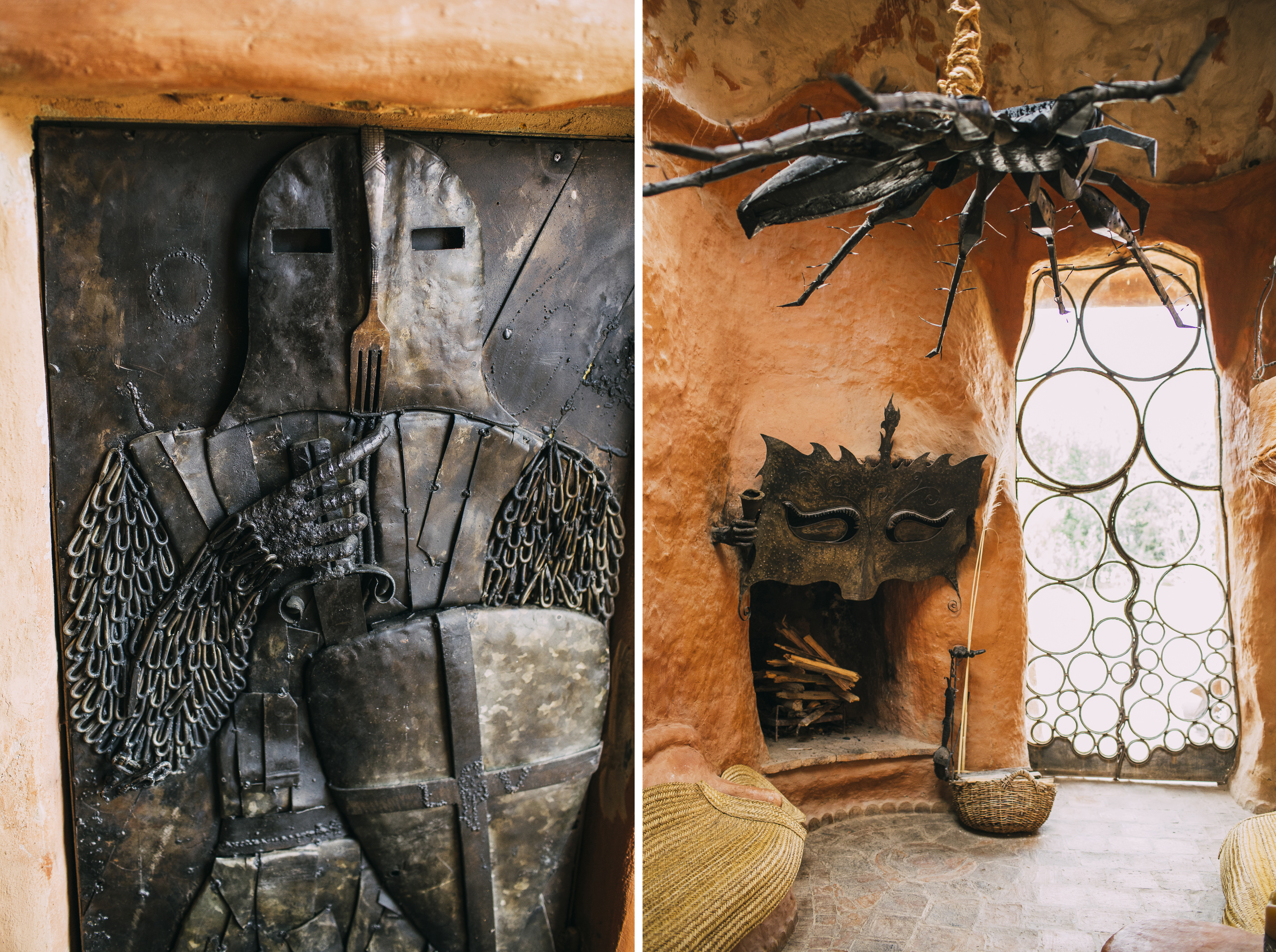

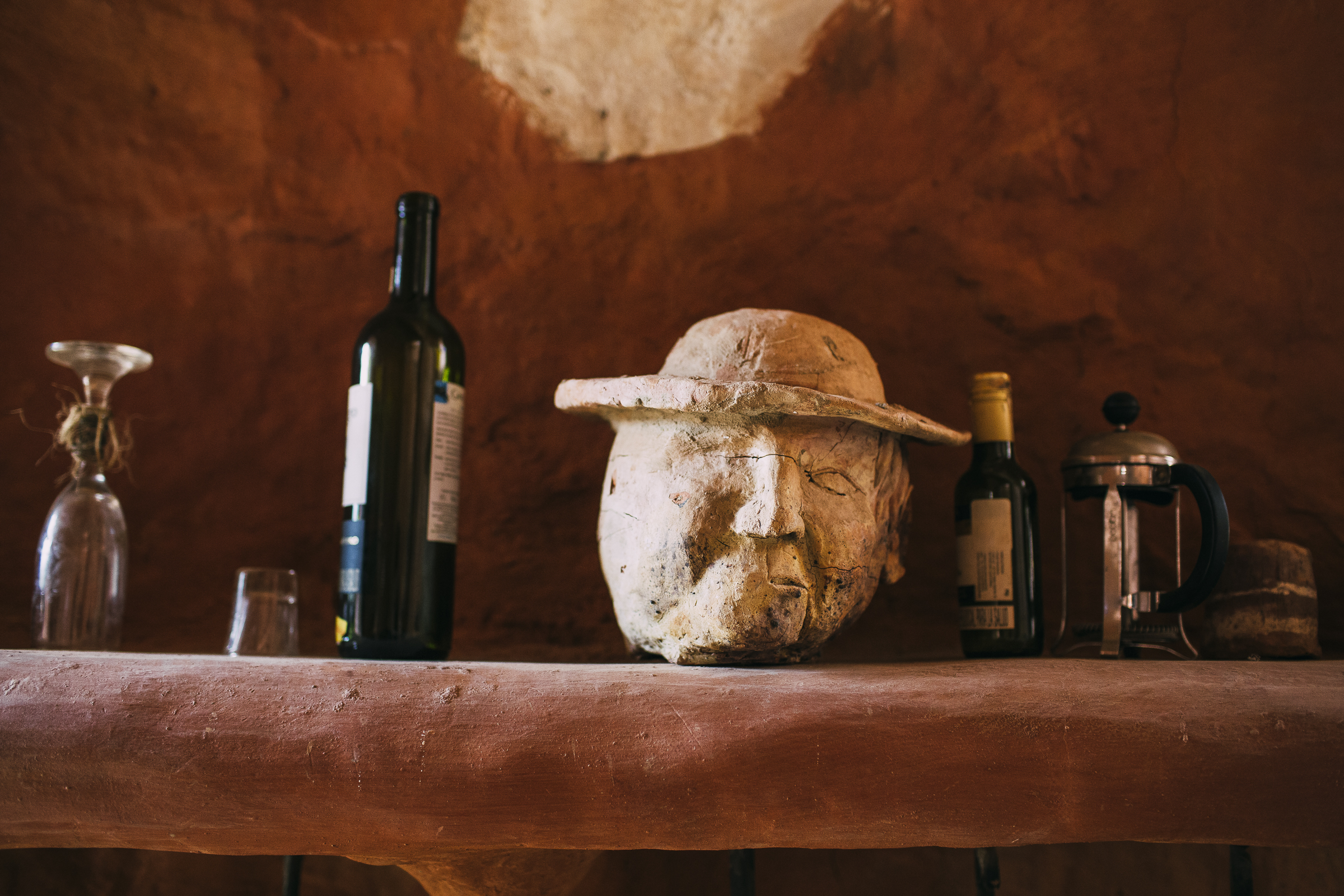
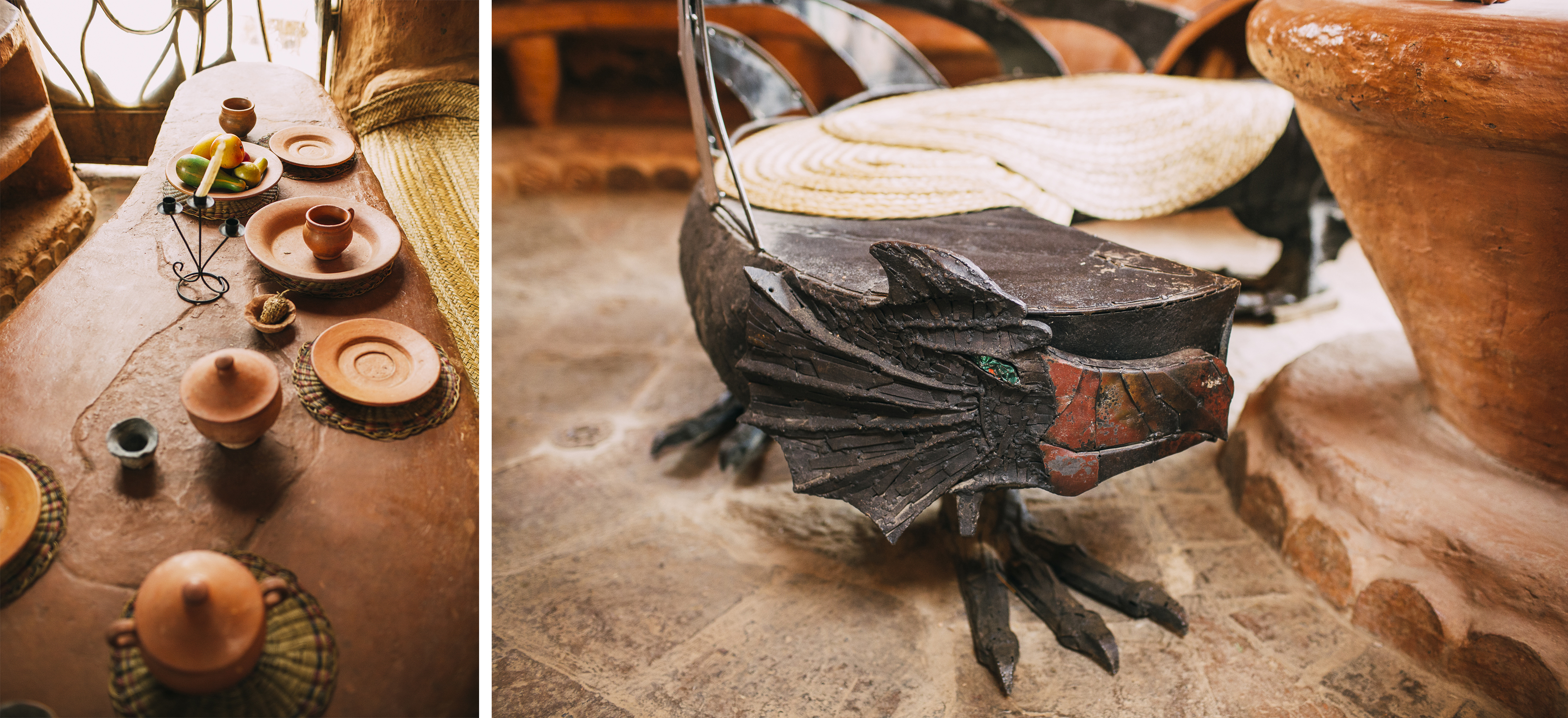

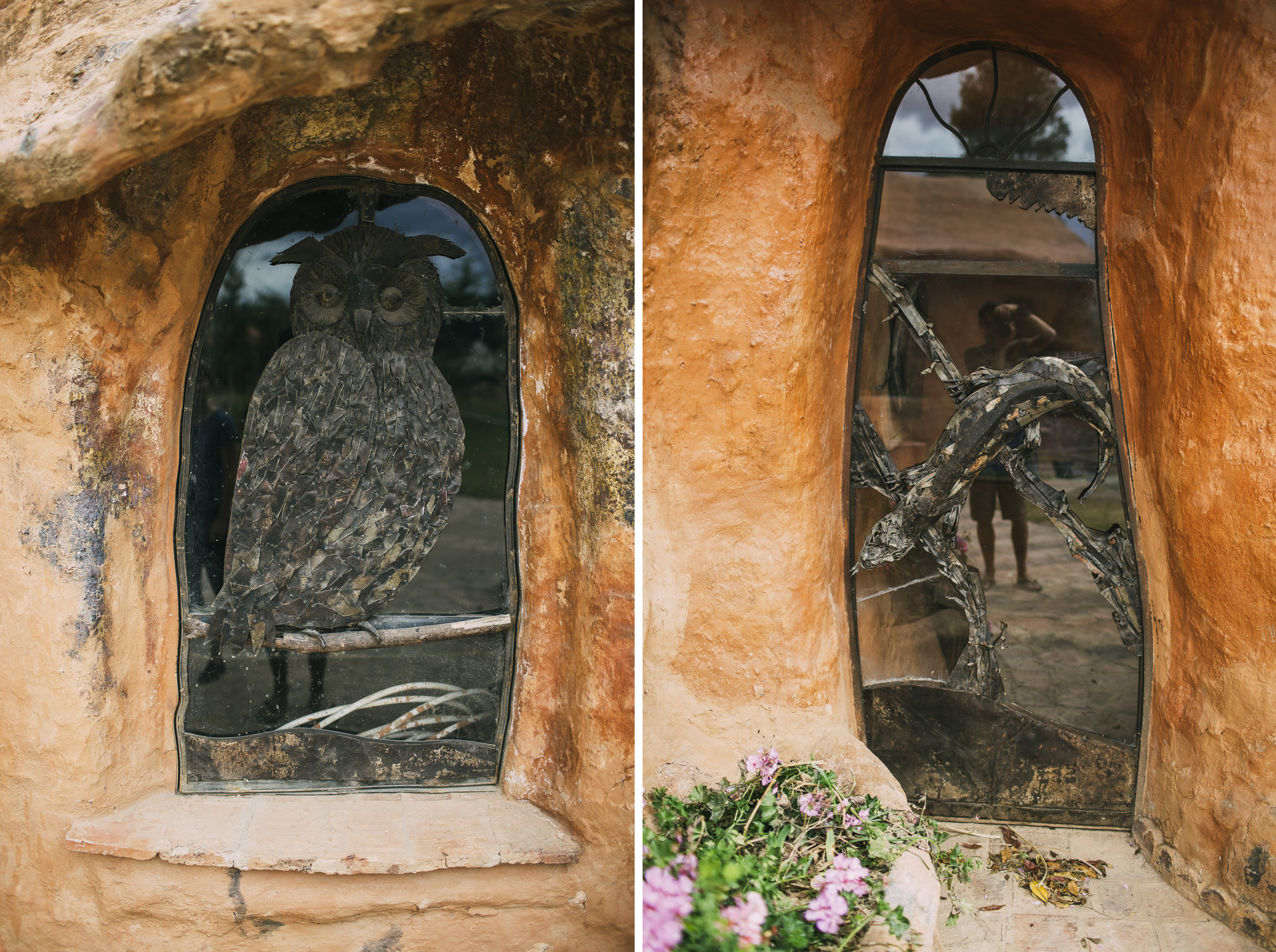
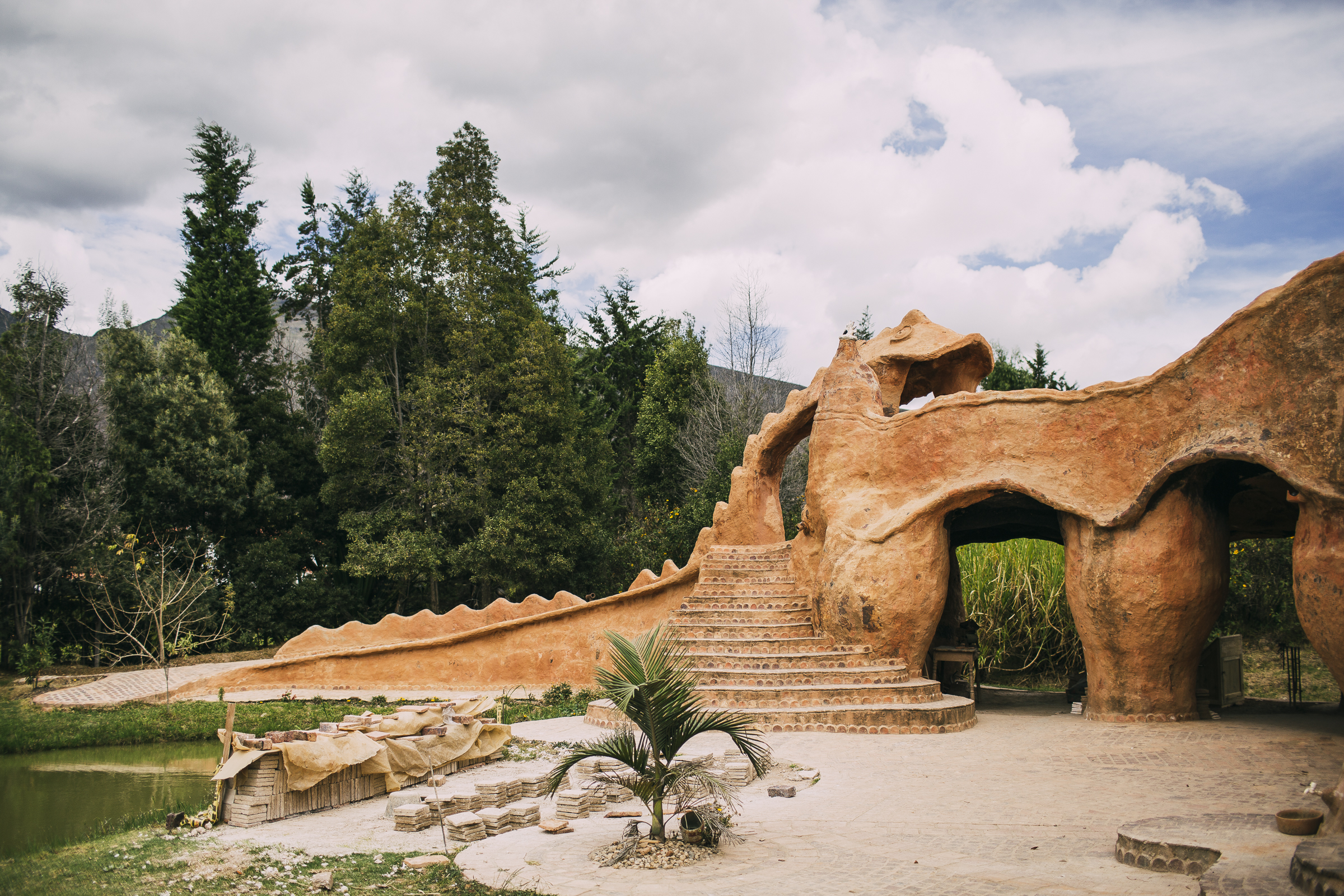
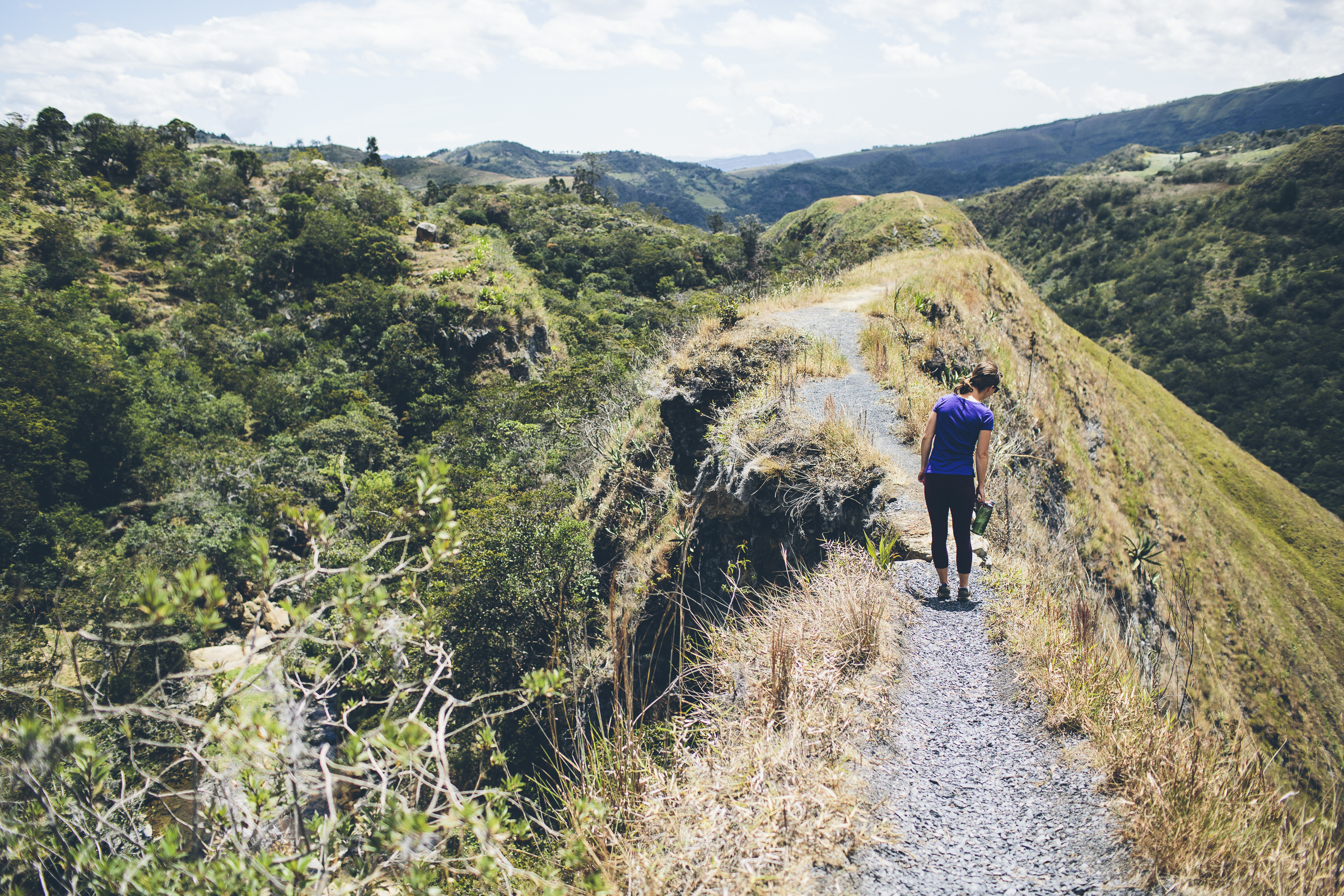
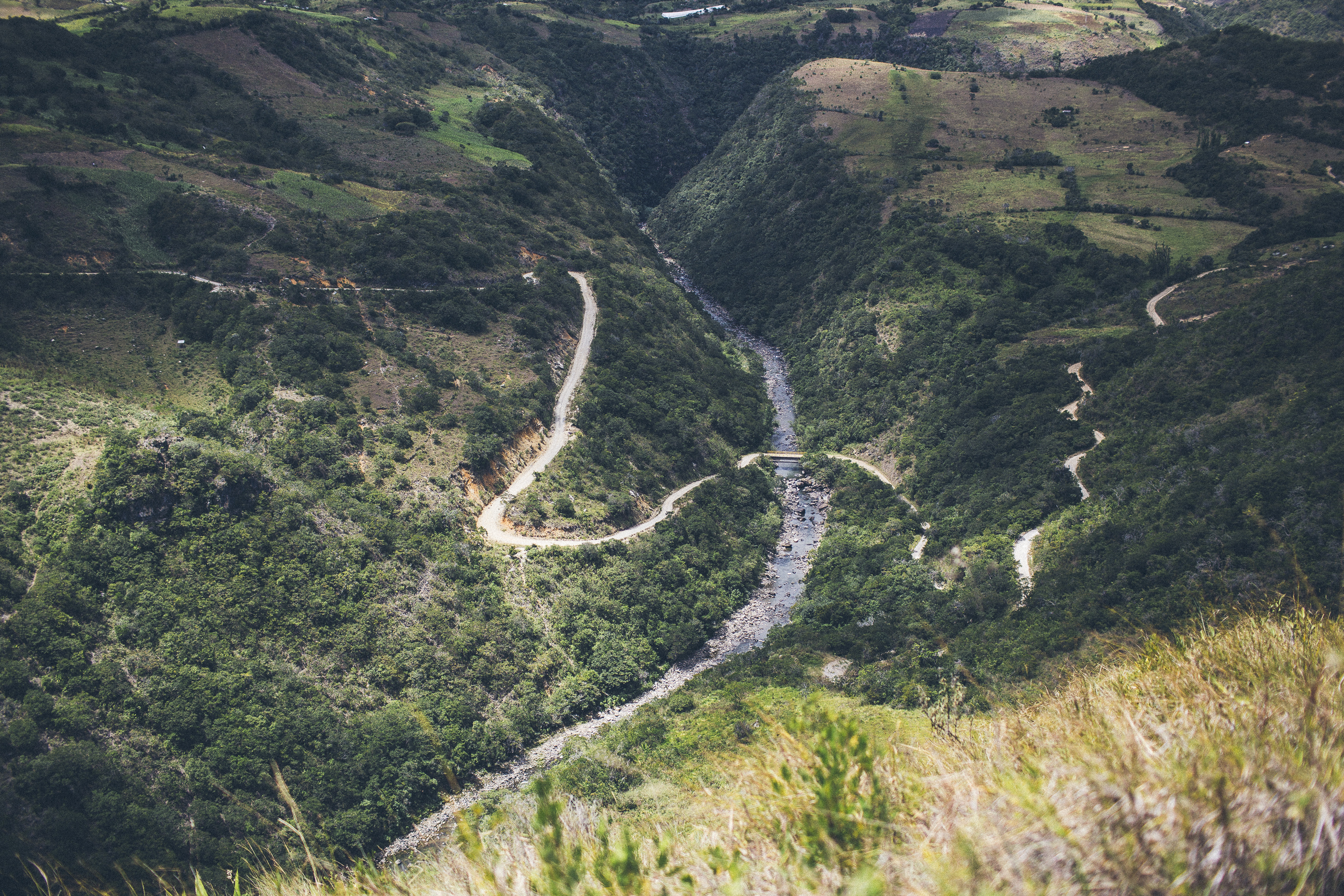

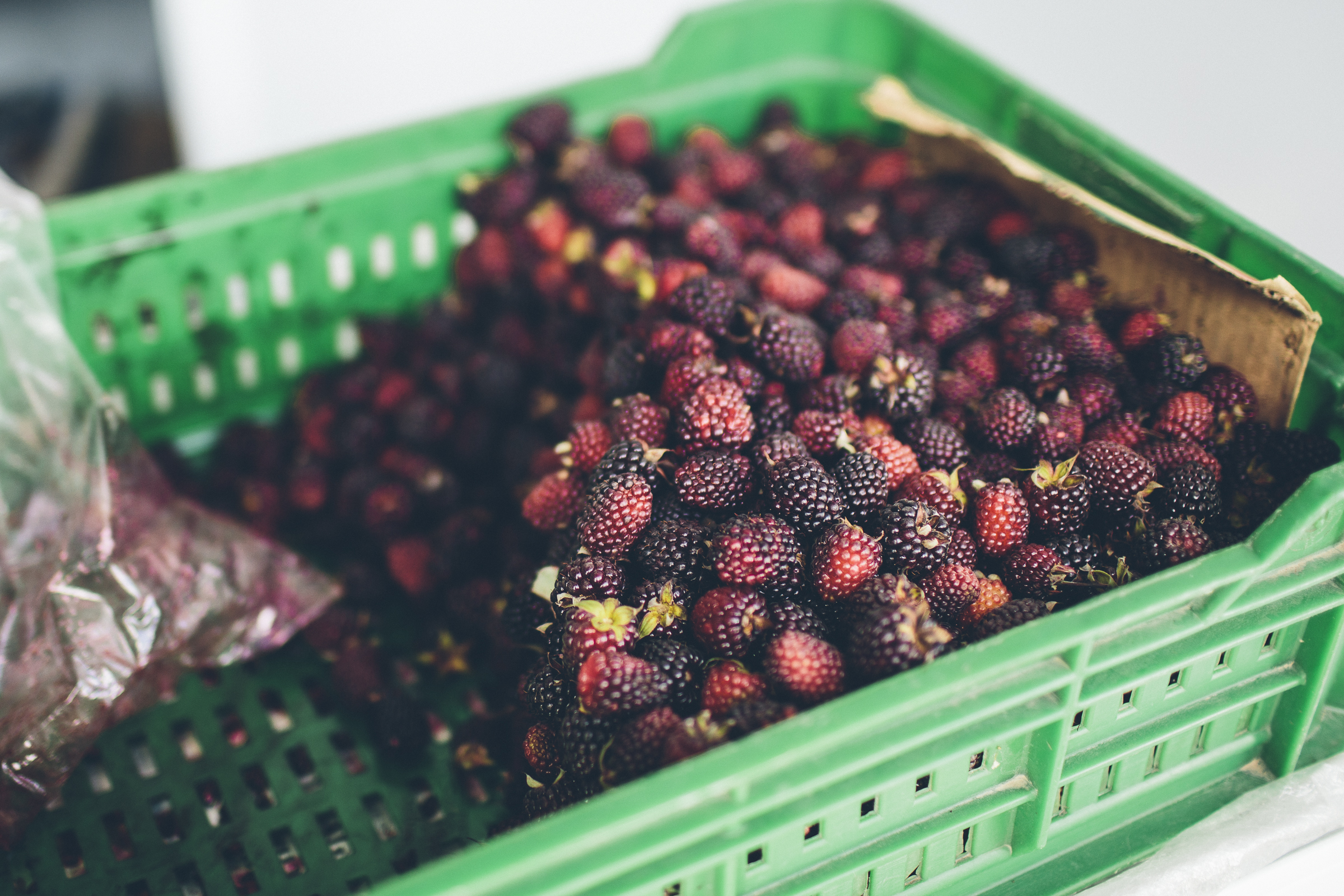
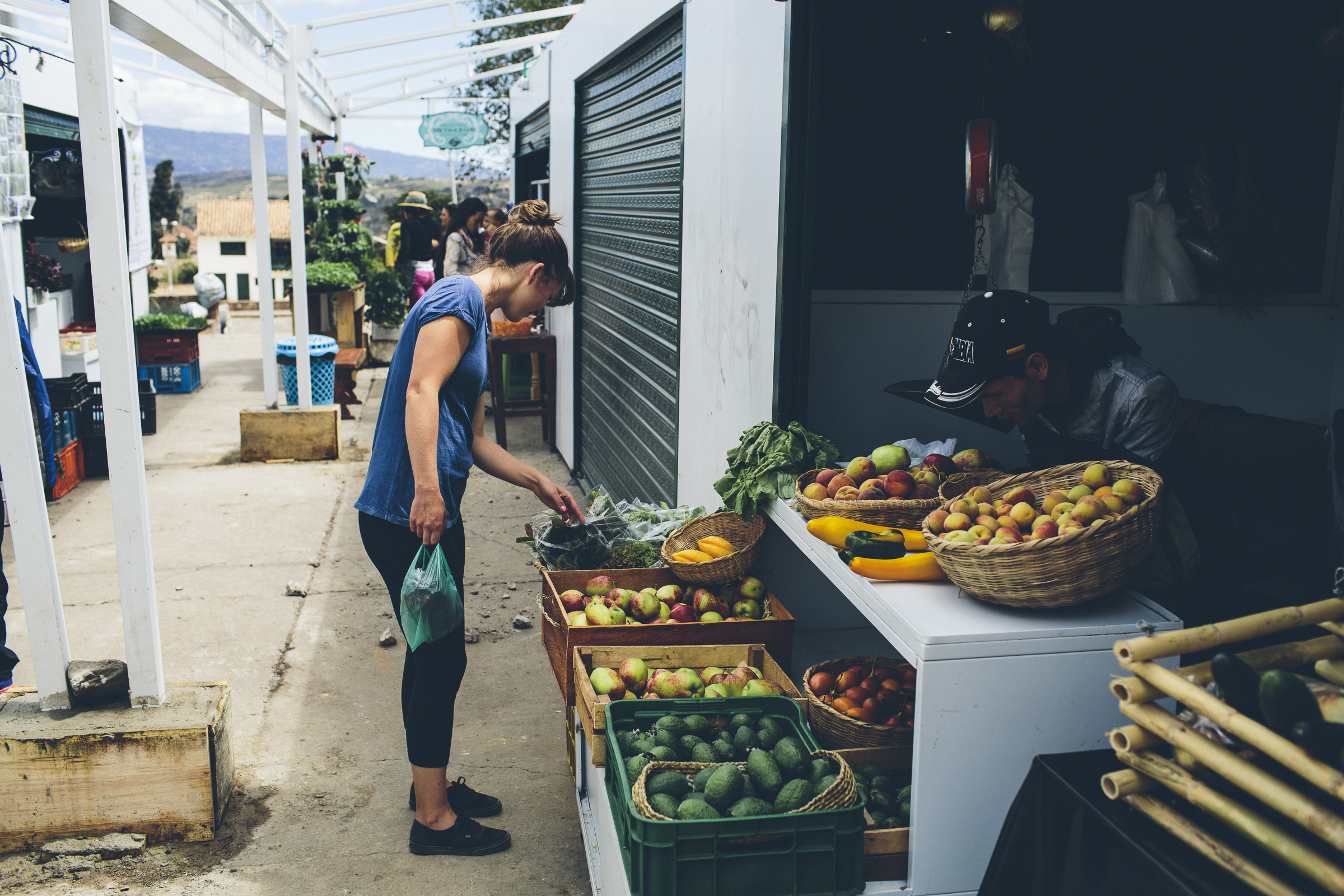
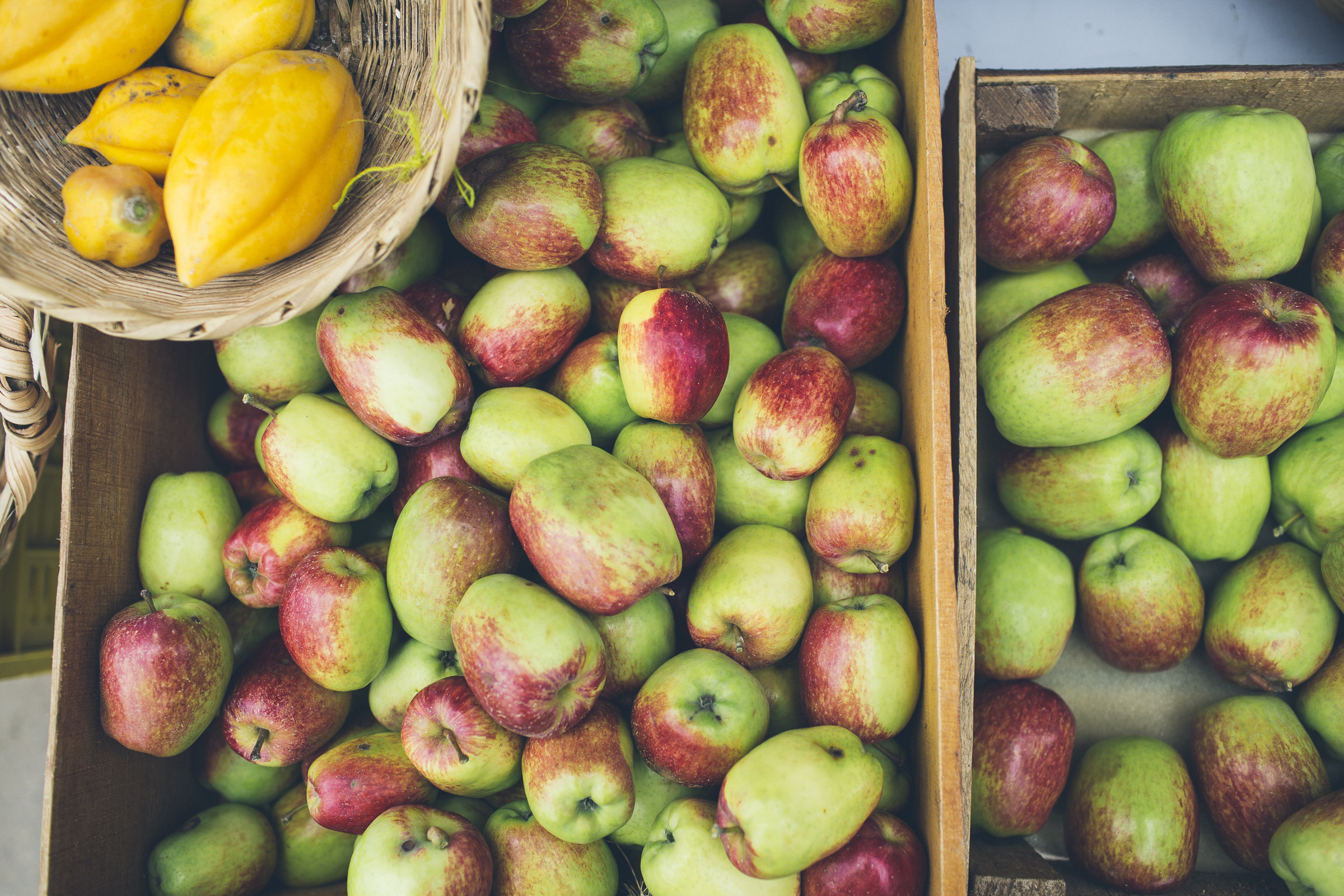


We had been following you guys on IG…not sure why it took so long for us to check out your blog! You guys take great pictures!
Love Casa Terracota! Very earthship-y in certain respects.
The Terra Cotta House is out of this world. We’ll have to see this one in person. Thanks for posting and keep such a wonderful and informative blog. Kind Regards, Bernard